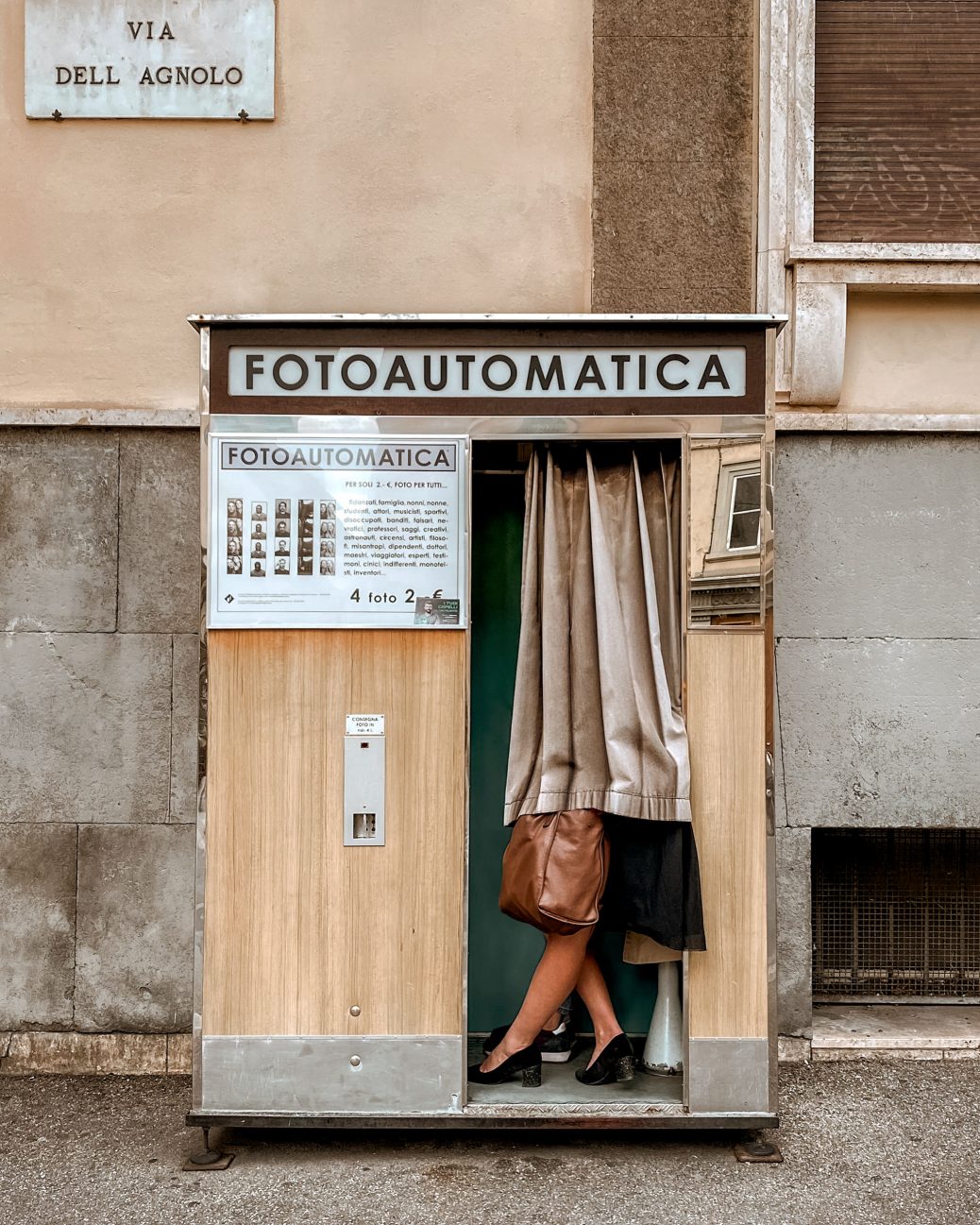Sara Camporesi: Best Single Photo Finalist of 2022 exibart street contest
Dear Sara,
first of all, congratulations! You are one of the 10 finalists of the third exibart street contest in Best Single Photo category. Can you tell us something about yourself and about the finalist picture?
A photographer passionate about art, for a long time I have combined this interest with the spontaneity of visual storytelling, conceived not only as a classic account of experiences but as a blend of personal and creative shots.
I’m currently involved in promotional activities for public and private institutions, to enhance Italian cultural and artistic excellence. The finalist photo represents an intense and life-changing period in 2020 when I moved to Florence for a few months to earn a IED Master degree in arts management, educational programs and digital communication for cultural institutions.
Every day wandering through the alleys of the city to take pictures was like finding my ‘centre of gravity’ again after some difficult years.
Photography can always be therapeutic and in this case also generous with shots to get fond of.
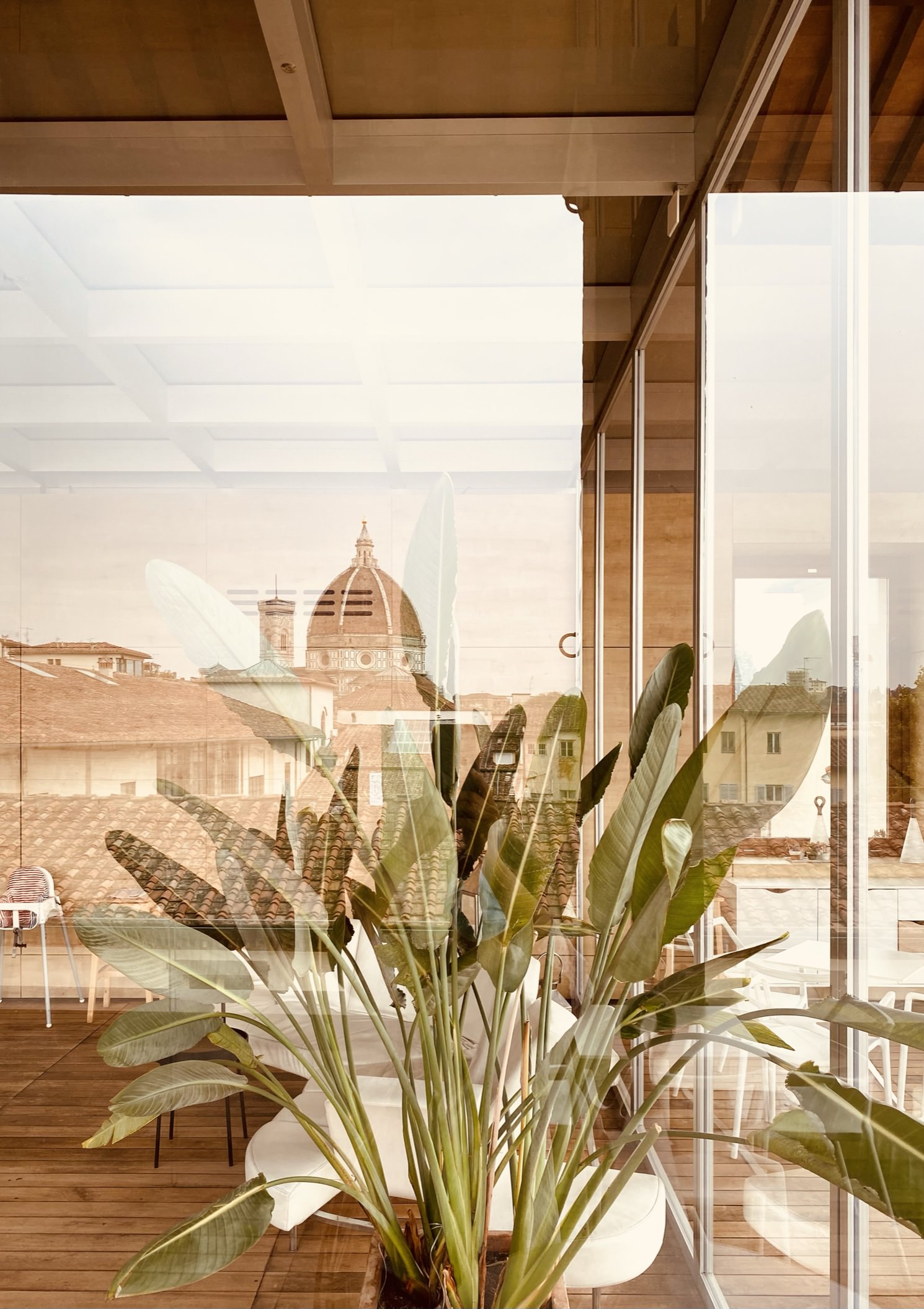
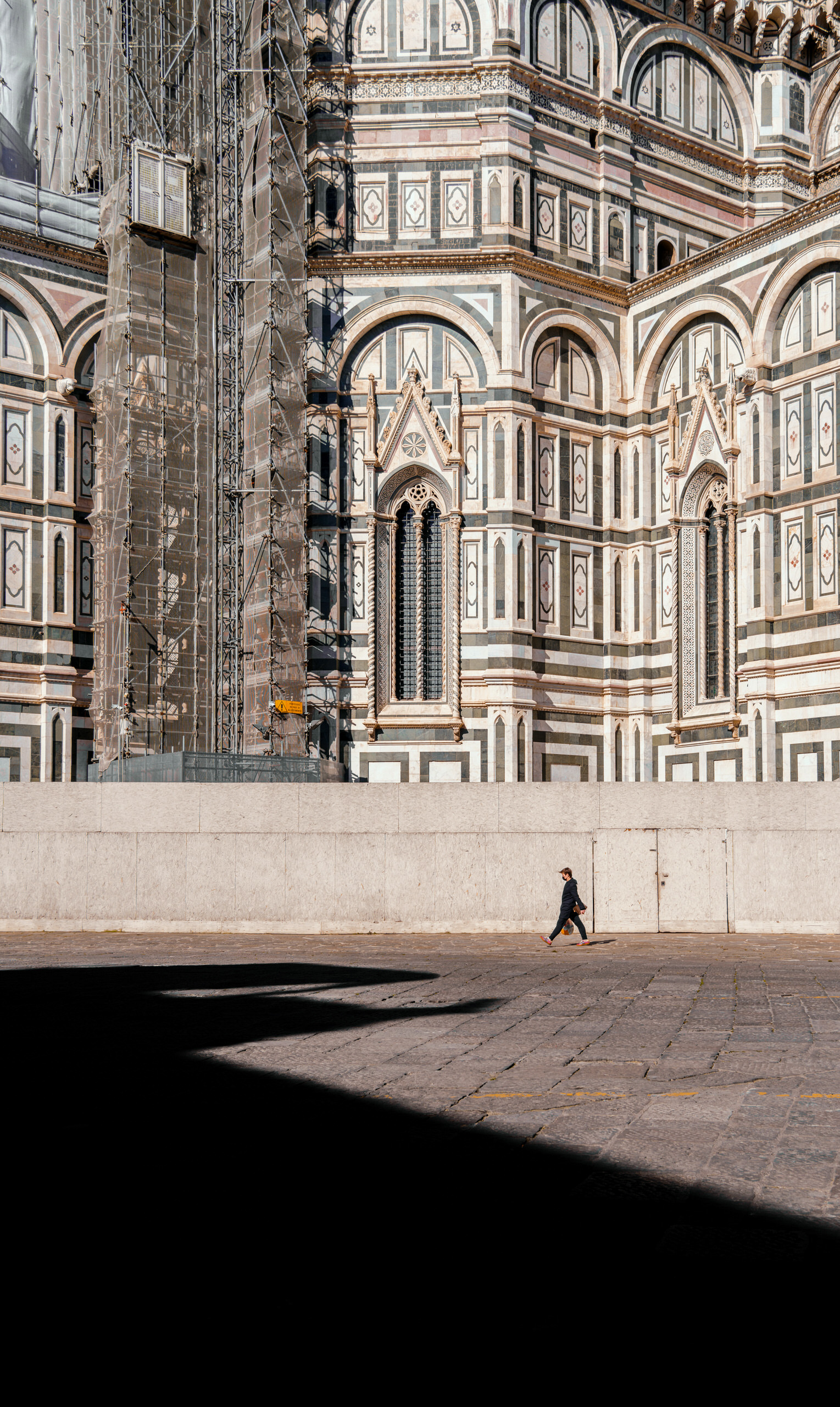
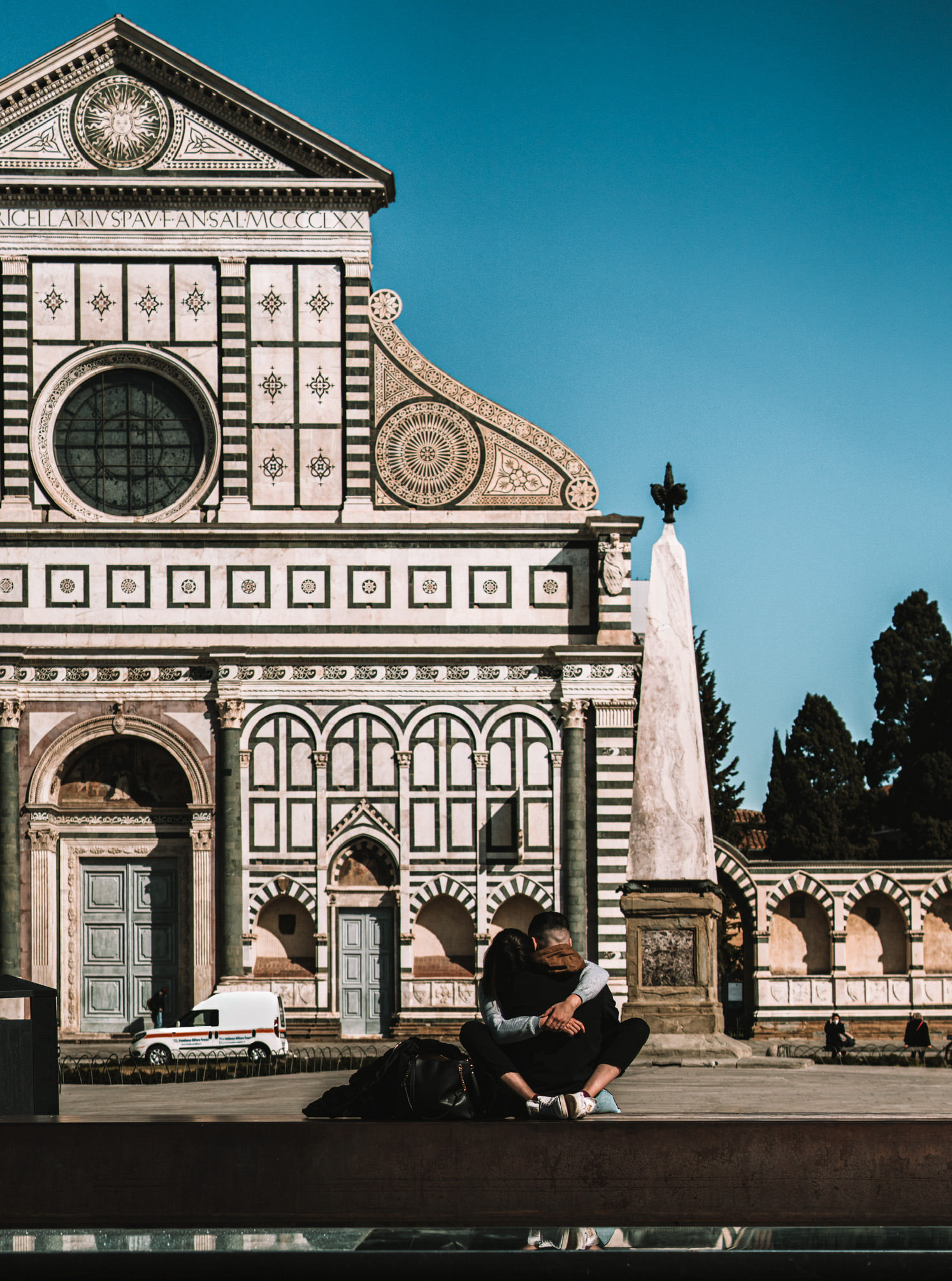
How would you define your photographic style?
In street photography there are two diametrically opposed methods when we try to take photos: two different techniques colloquially referred to “hunting” and “fishing” approach. There is no right photographic method, only the one that helps you succeed: running around to chase interesting subjects or finding the perfect setting and waiting for the right “fish” to swim by.
I prefer waiting for the right moment, so that the crowd does not disturb my scene: cities are an open-air museum where the urban fabric is revealed little by little to our eyes, in a slow experience, at a walking pace, paying attention to architecture, lines, patterns, and geometry. Ultimately, my style is ‘don’t rush’.
Have you ever studied at a photography school or are you a self-taught artist?
The first time I met ‘Photography’ was on a summer Saturday morning in 2014, while I was visiting an exhibit by a famous architectural photographer, Massimo Listri. As I exited the museum, I said to myself that if photography ever came into my life it would talk about arts and spaces. And so it was.
Then I decided to attend a few courses to learn the basic technique and visit photography exhibitions as much as I could.
Although I am no longer so young, I would like in a few years to win a scholarship to graduate from the Italian Academy of Photography in Florence or the RUFA in Rome.
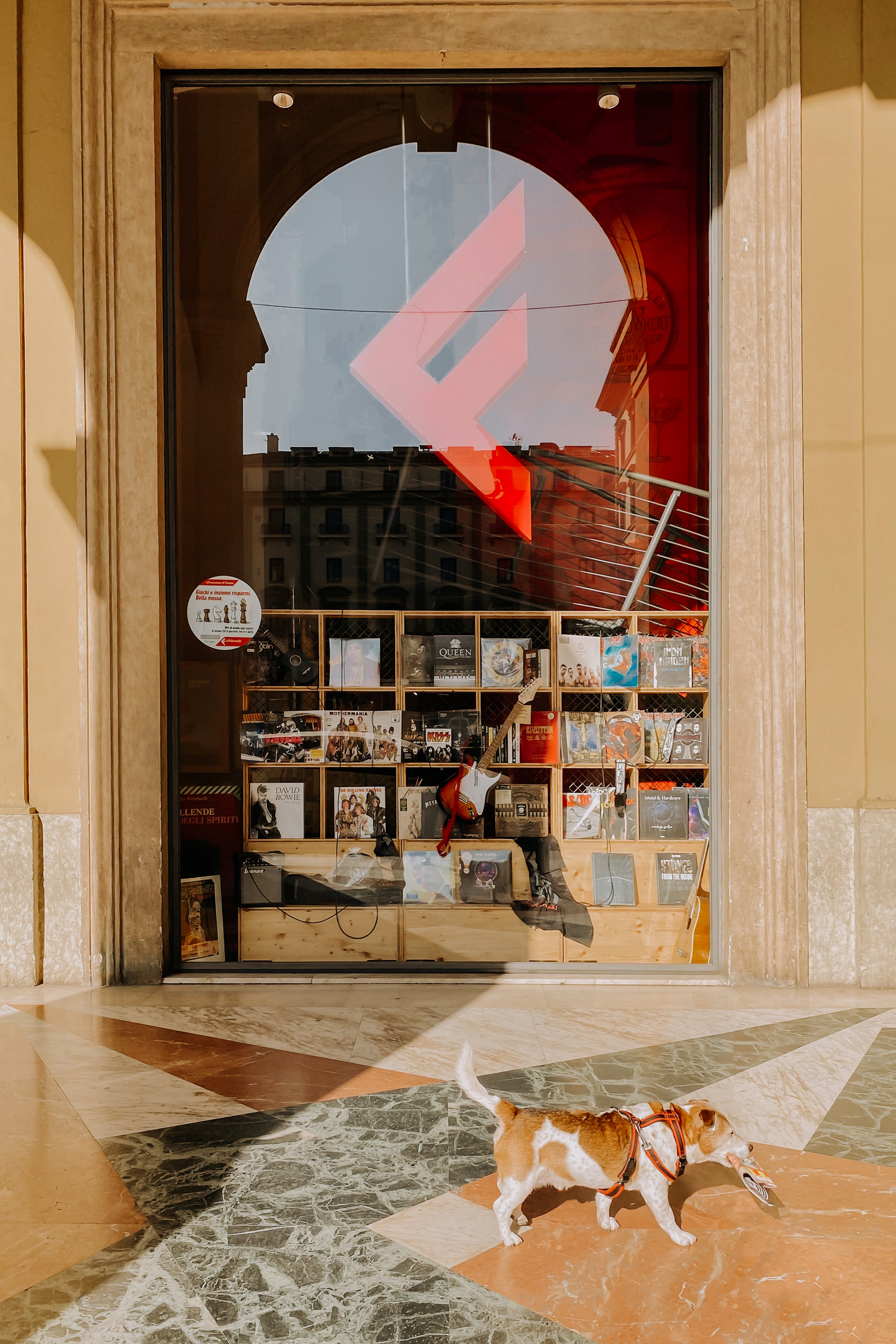
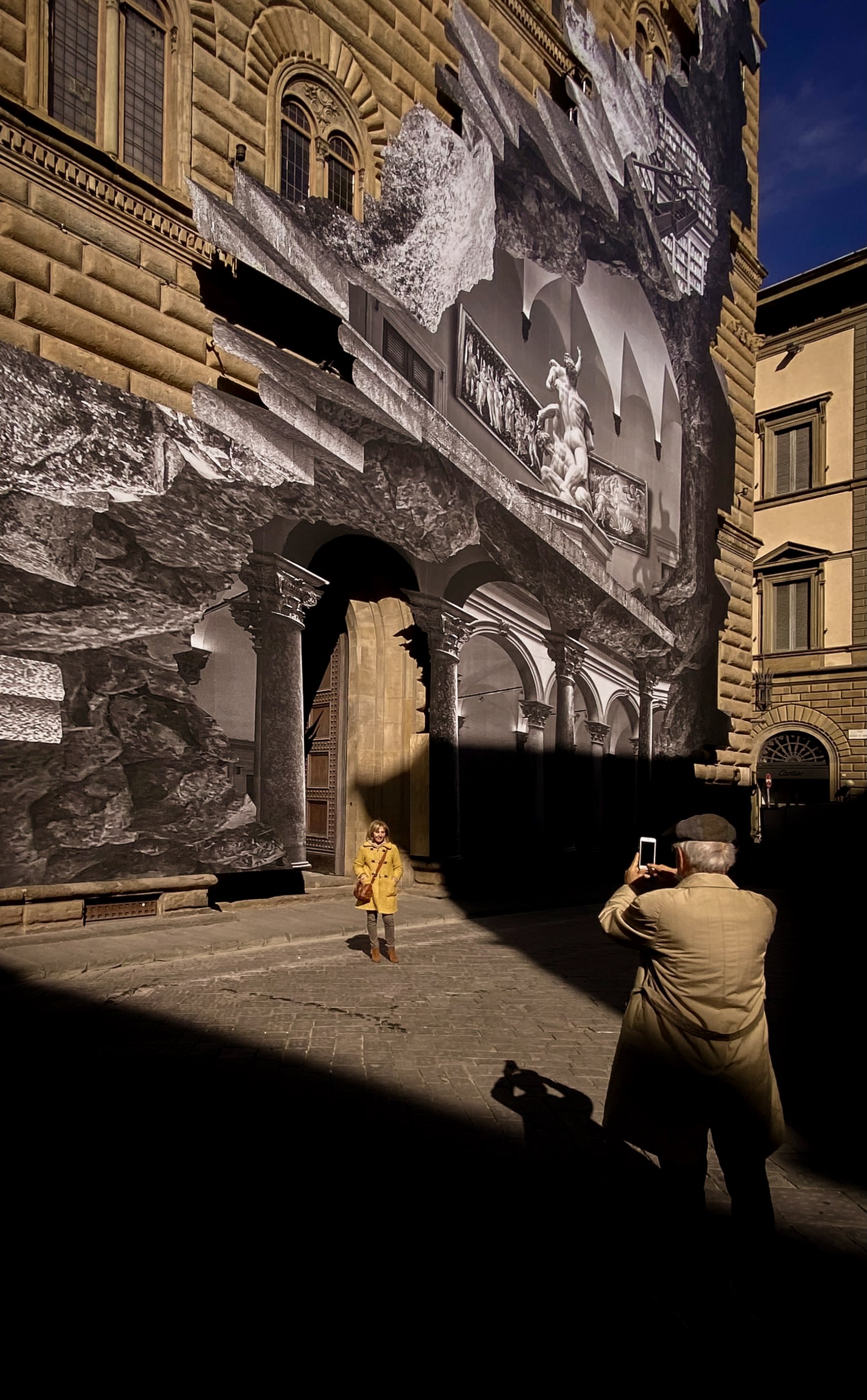
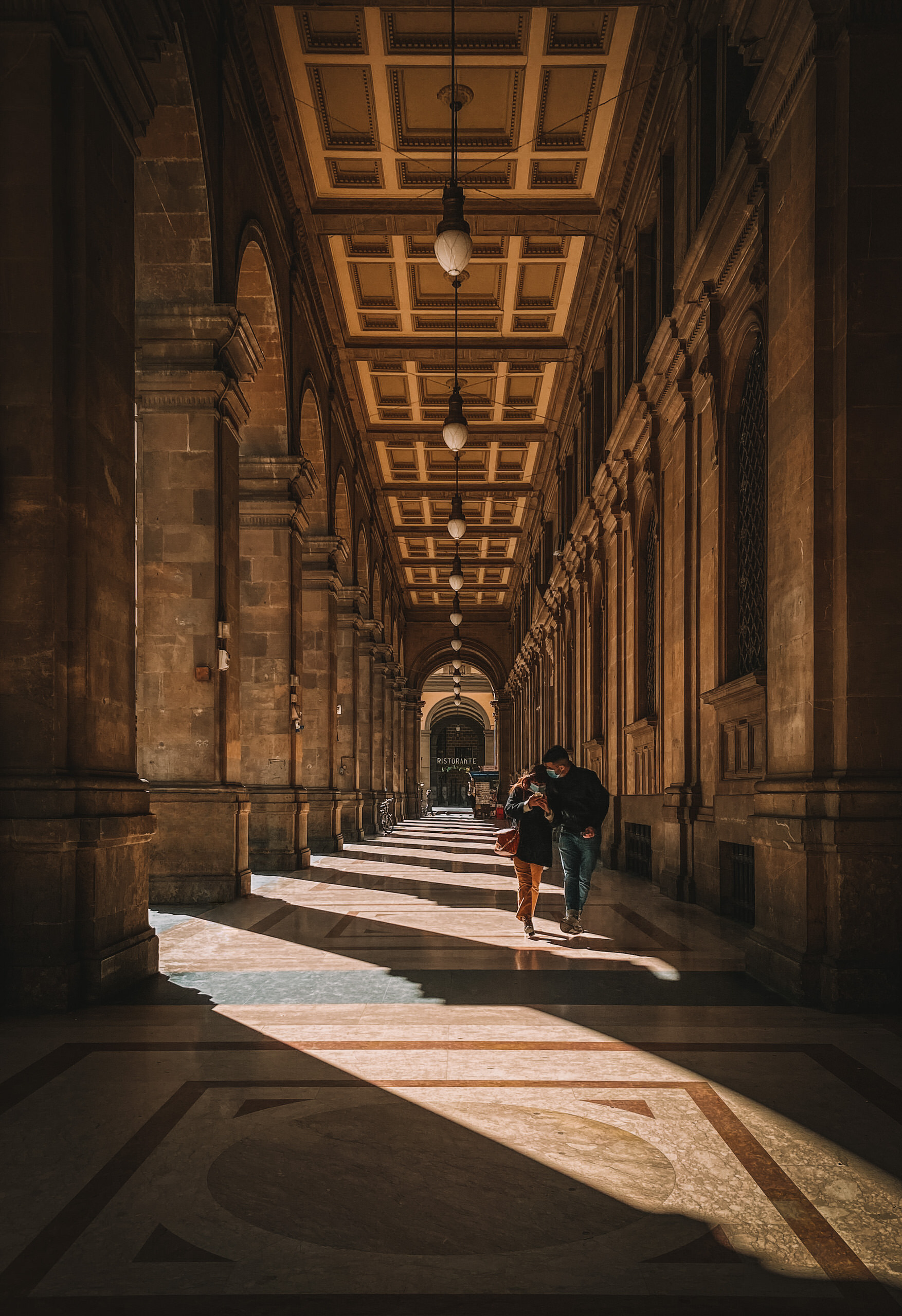
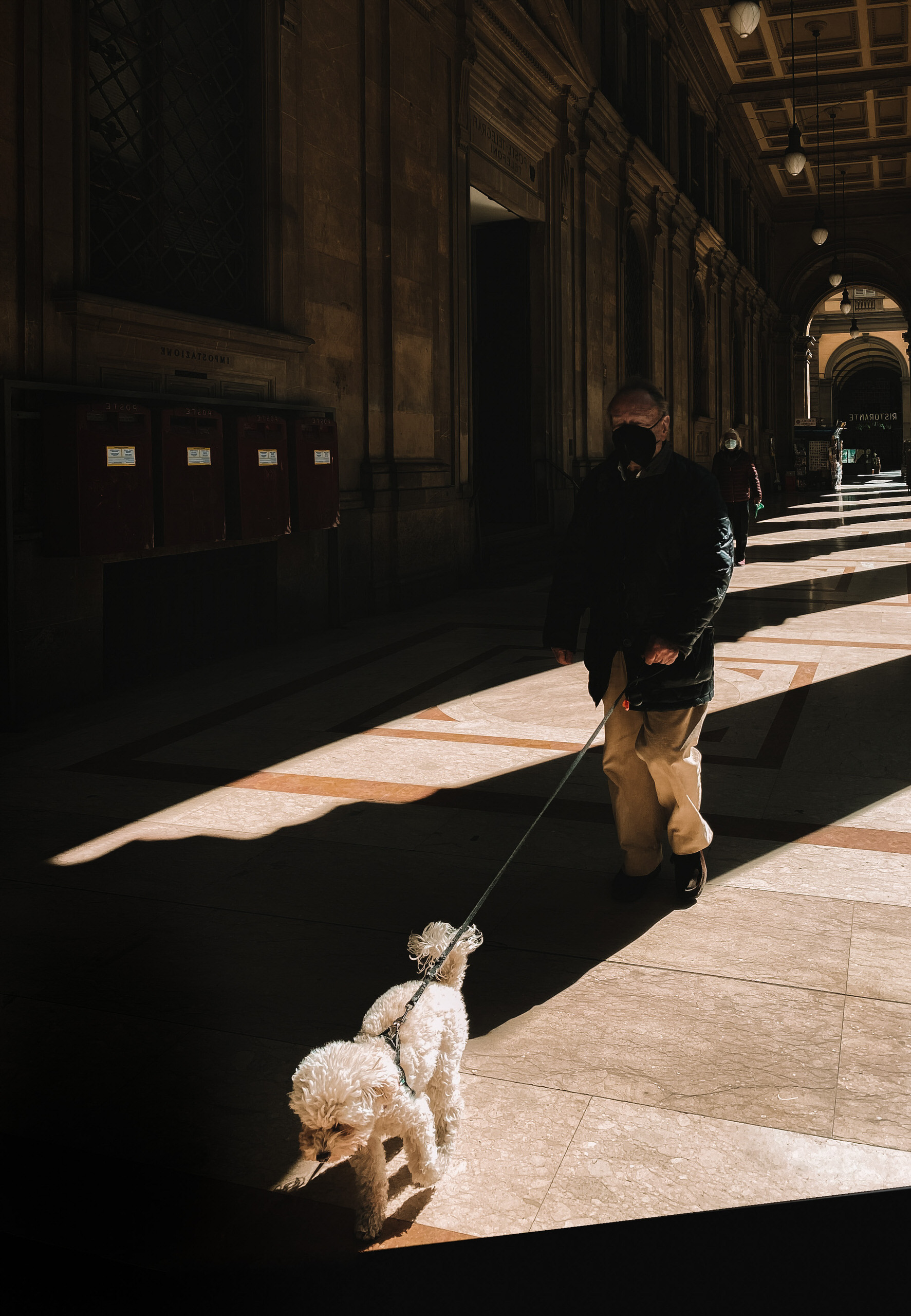
Who are the Masters of Photography who inspired you most in your photographic works?
The more I experience photography, the more I realize there cannot be just one “teacher” to be inspired by, to avoid the risk of being stuck in a single vision of things.
Of course, the Masters of Street and Urban Photography always lead the way: Henri Cartier Bresson, Robert Doisneau, Lee Friedlander, Vivian Maier, Gianni Berengo Gardin, Luigi Ghirri, Franco Fontana, Gabriele Basilico, Nino Migliori, Fulvio Roiter, Paolo Monti.
Do you ever do Street Photography with your smartphone?
As the great photographer Nino Migliori, born in Bologna, once said about smartphones: “Practical, light, pocket-friendly. . . so why not use it?”.
What matters is the ‘eye that observes’.
I believe that cameras become essential only when they are used to achieve exactly the shooting effect that we first drew in our minds.
“Photography is never a precise copy of reality but refers to other interpretations and personal perceptions mixed with memory.”
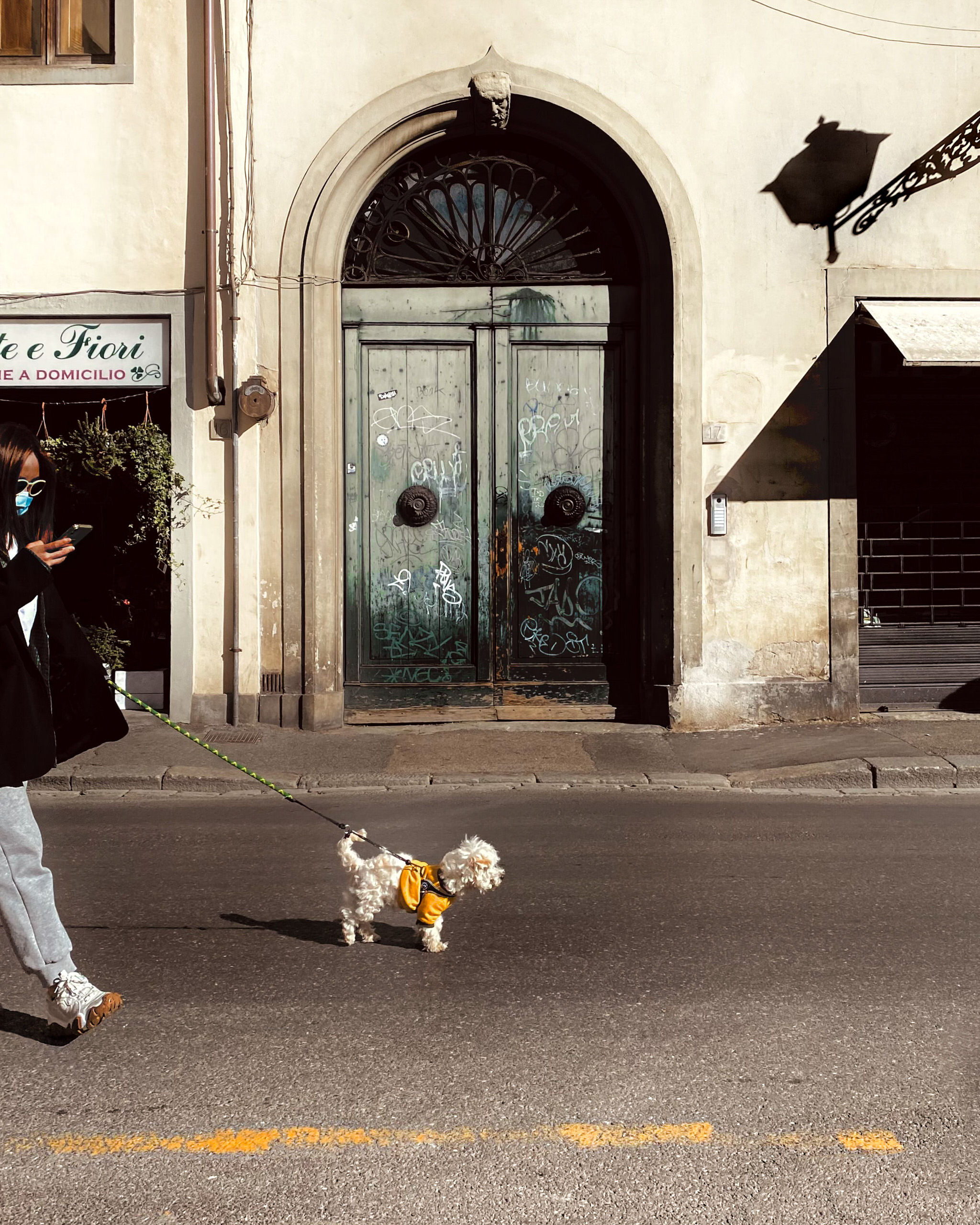
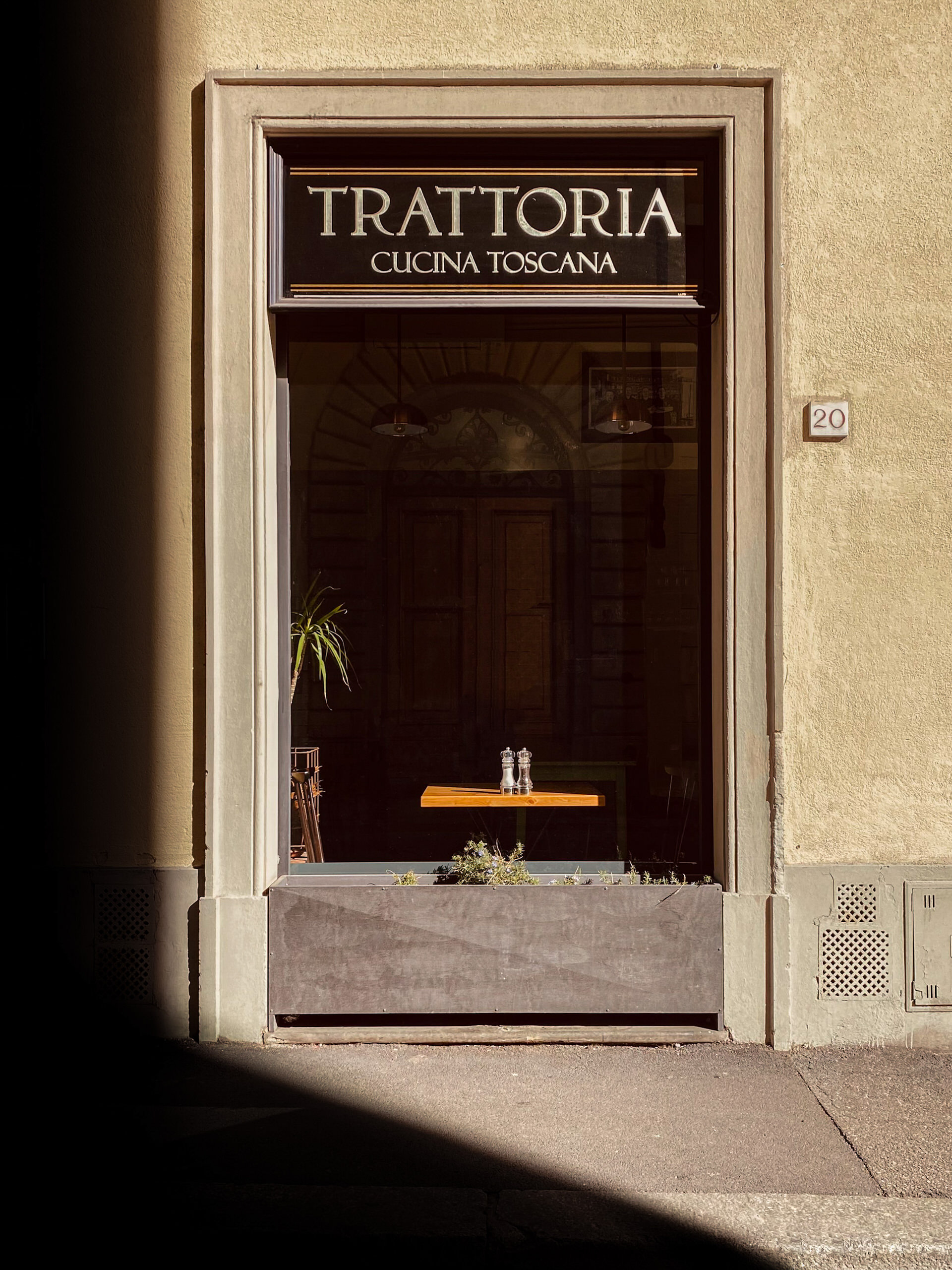
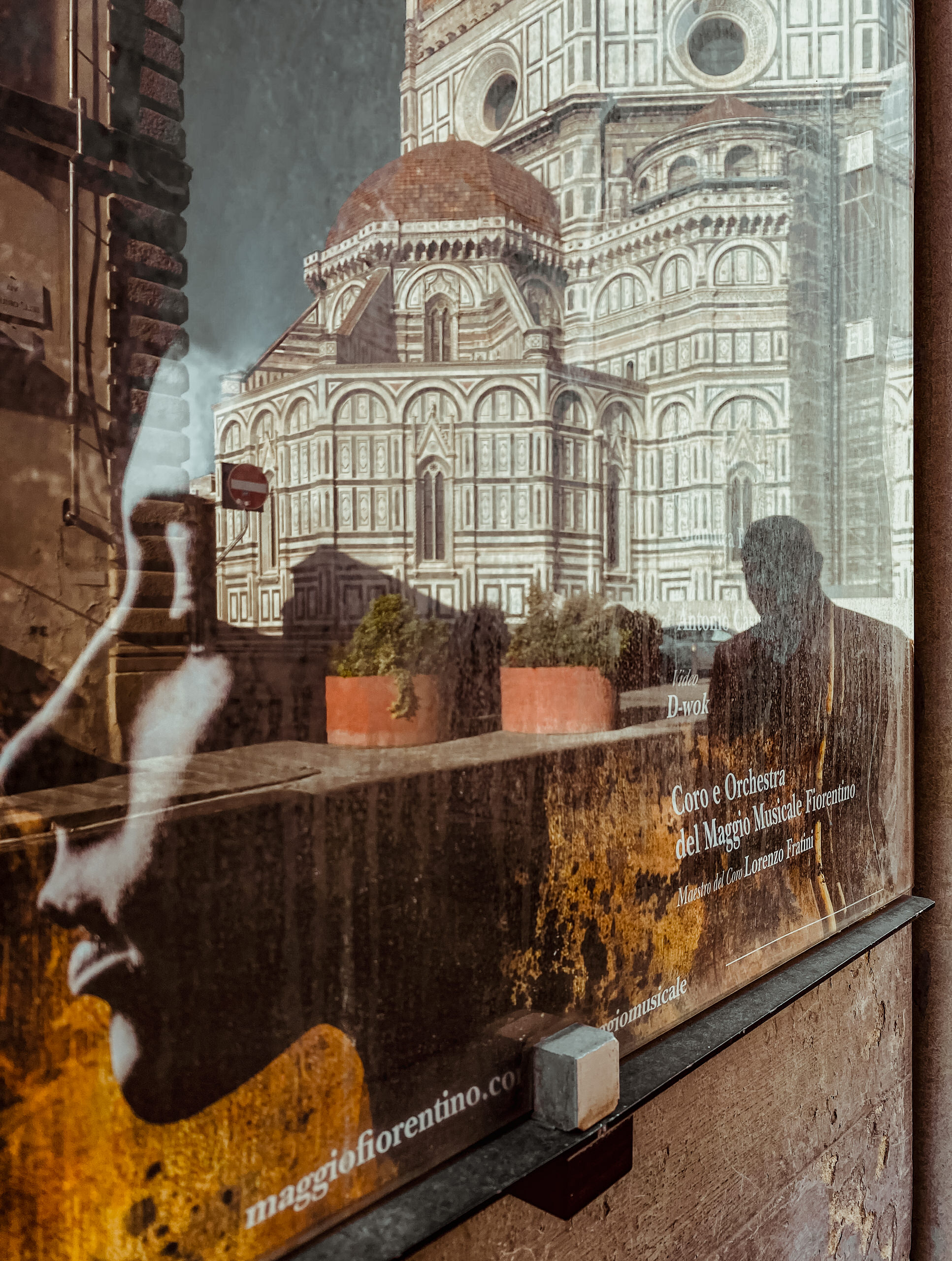
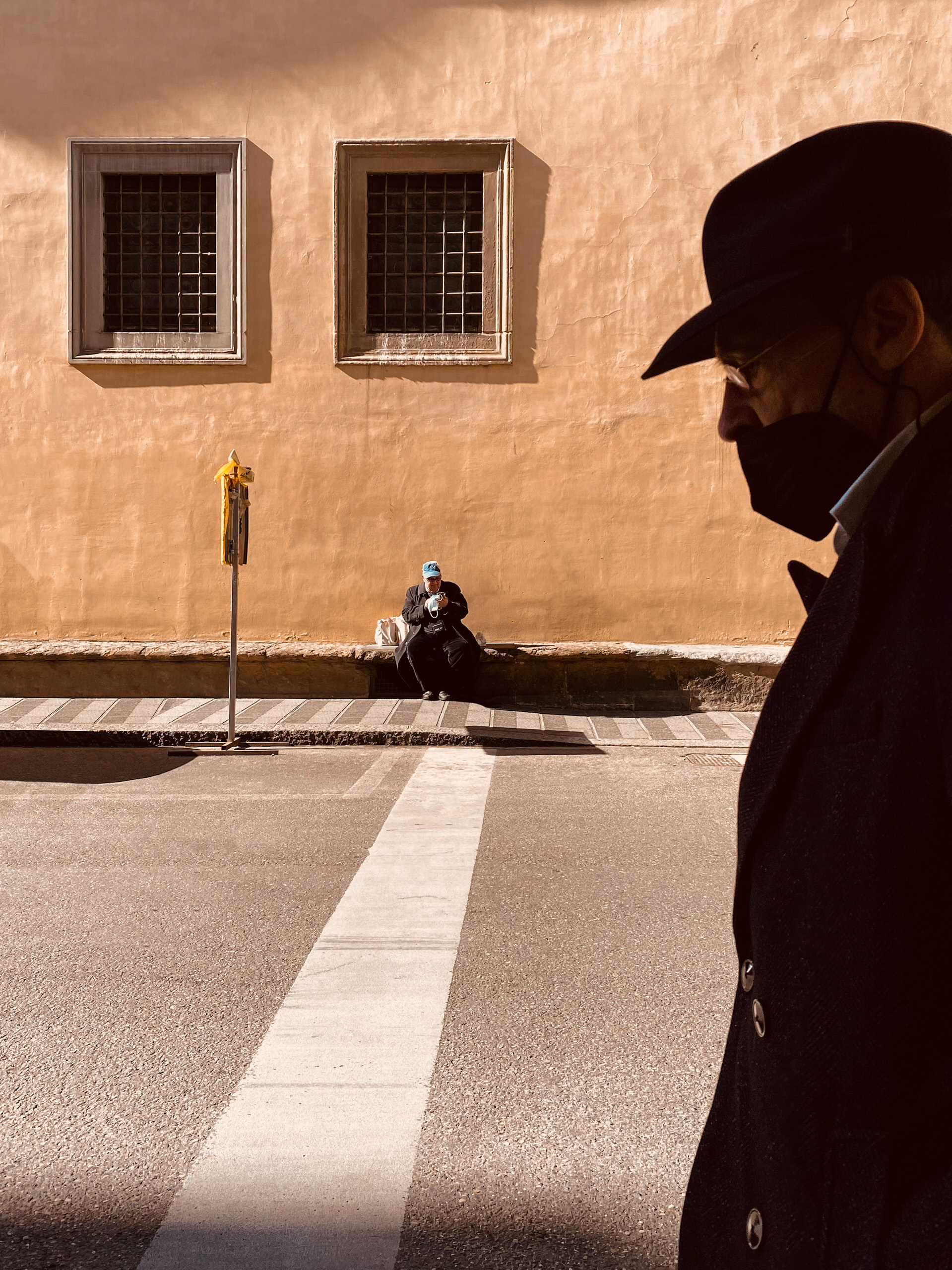
Analog and digital photography. Do you see these as alternatives to one another or the same thing?
I think it is just a matter of personal poetics: there are those who choose analog photography to experience the magic of the shoot-waiting-development and some who instead love the speed of sharing in digital photography.
Again, the important thing is that each photographer listens to himself and lets himself be guided by the evolution of his own photographic journey.
Black and white and color. Two different worlds. You decided to go color. Why? Do you ever shoot in Black and white?
Hue is a key ingredient in my visual aesthetics. My choice of colour palette plays a fundamental role because it allows me to convey the sensations that I ‘saw’ before I took the shot: red like passion, yellow like sunny days and amber like aged things.
However, I tried black and white in the past and I think I will do so in the future too.
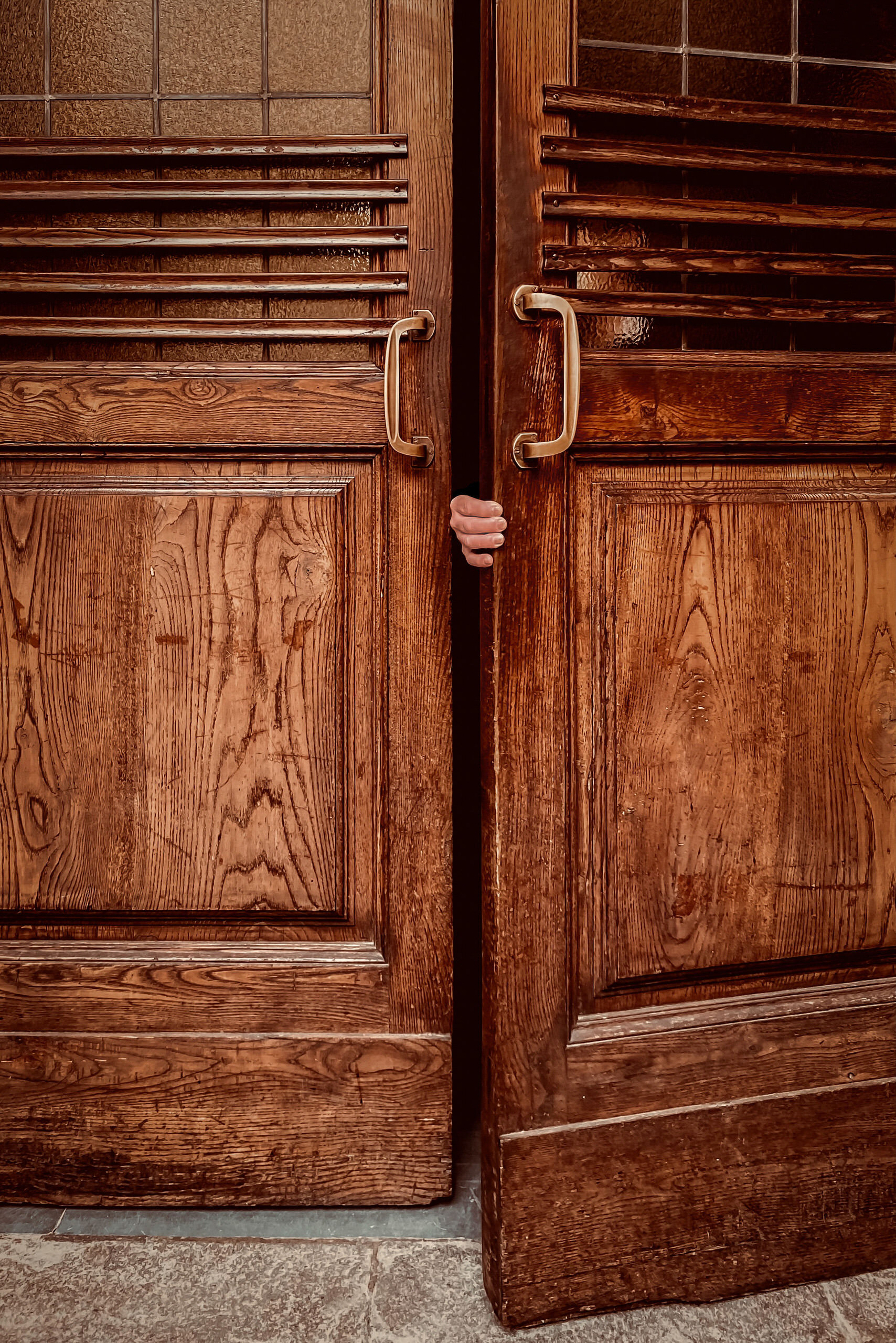
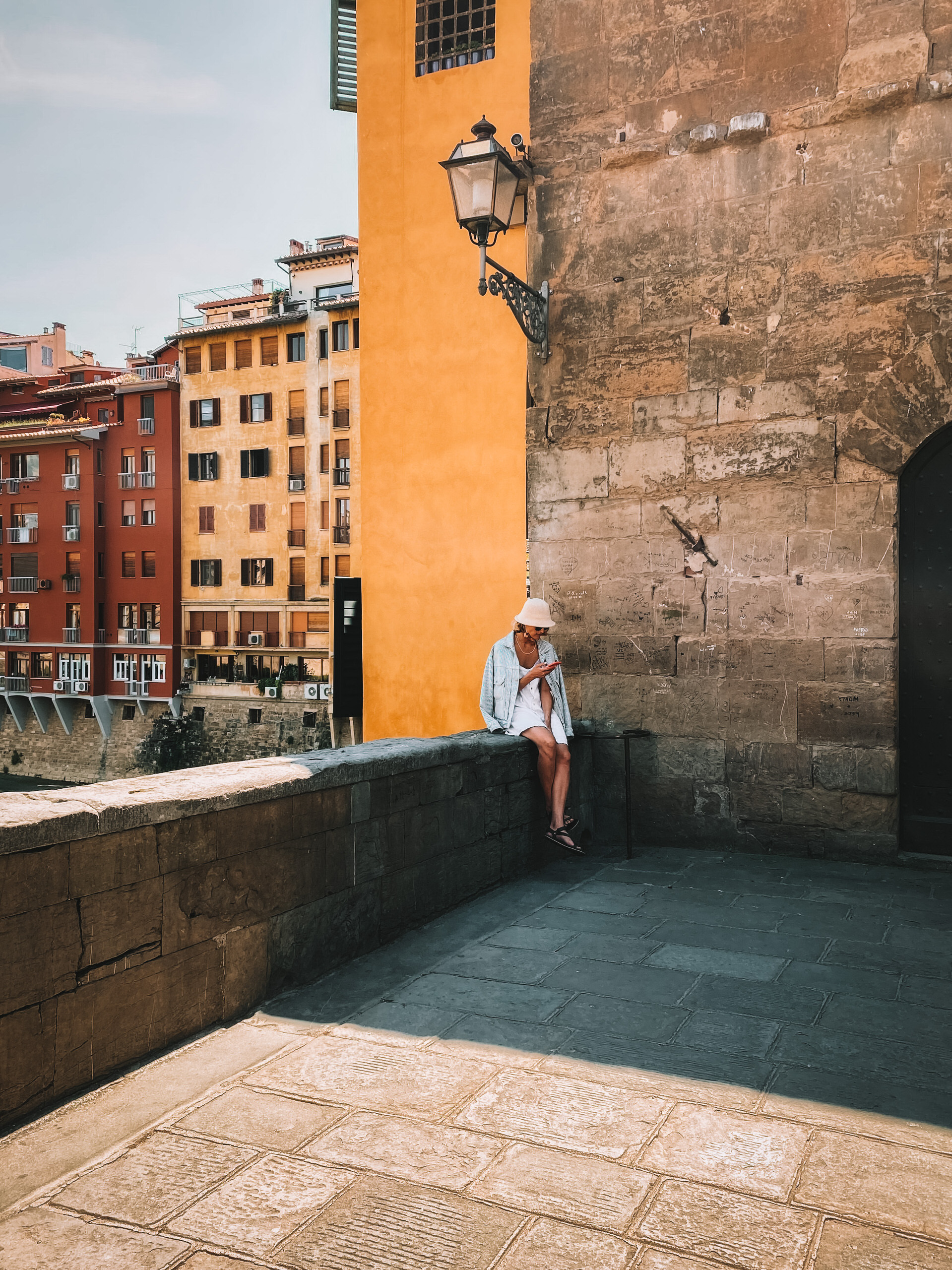
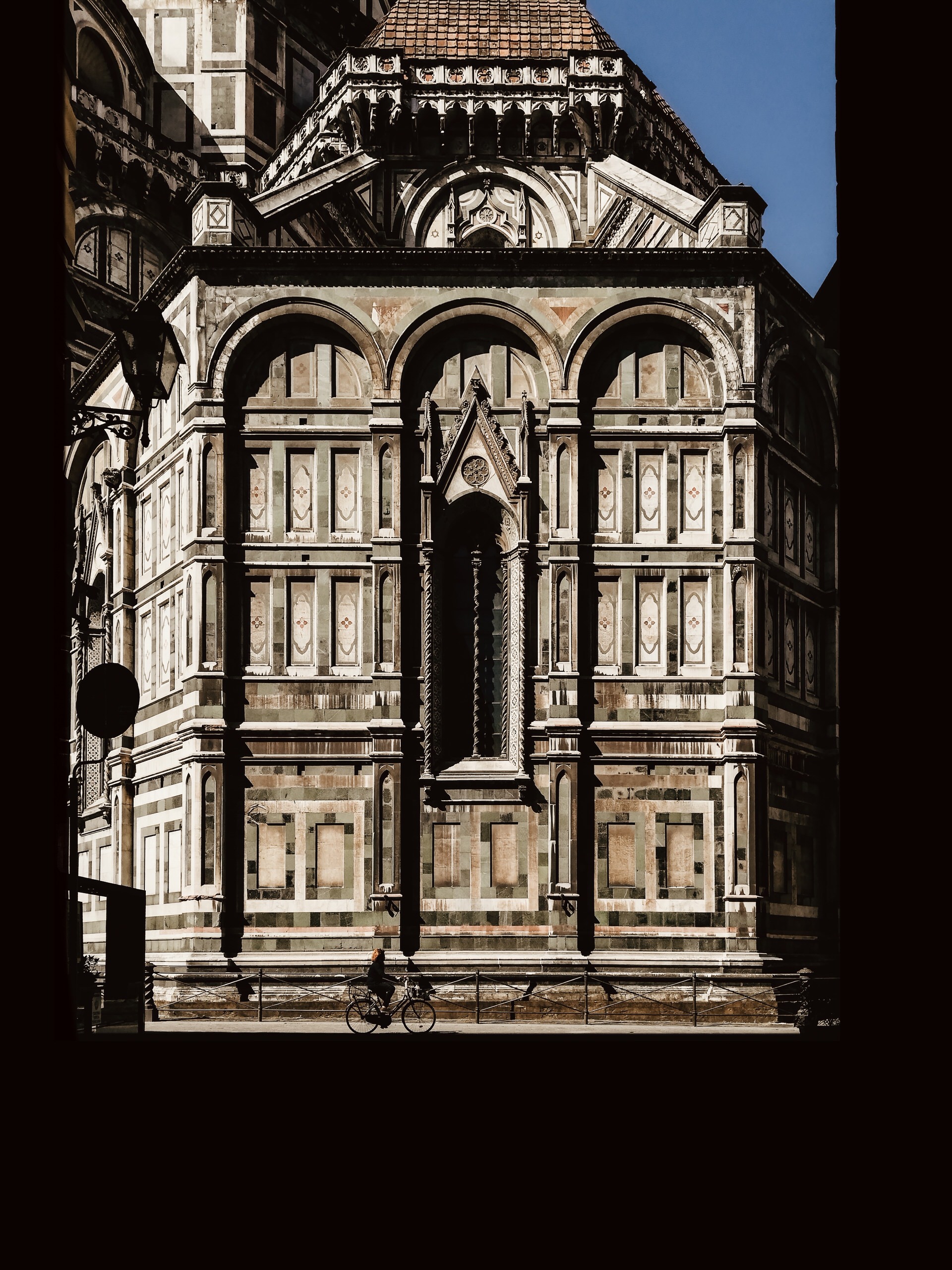
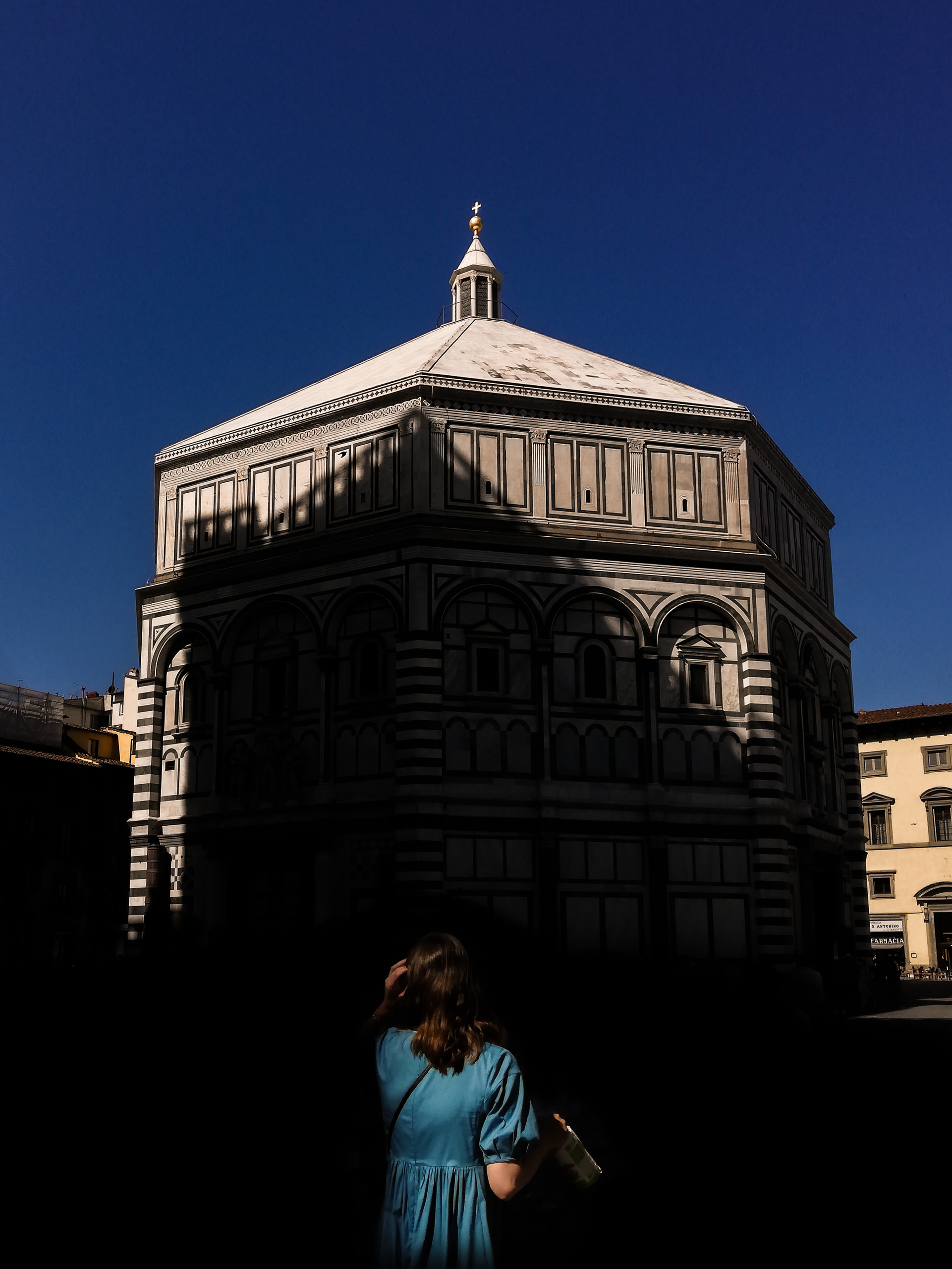
Do you think Street Photography has a more documentary or more artistic value?
In my opinion, making up a photograph does not only mean stopping, observing, choosing what to frame and shooting.
Instead, it means that each subject of the shot is like an actor in a film whose director is creativity: so that, even after some time, old photographs evoke memories and bring with them emotions: joy, happiness, sighs, sadness.
Photography is never a precise copy of reality but refers to other interpretations and personal perceptions mixed with memory.
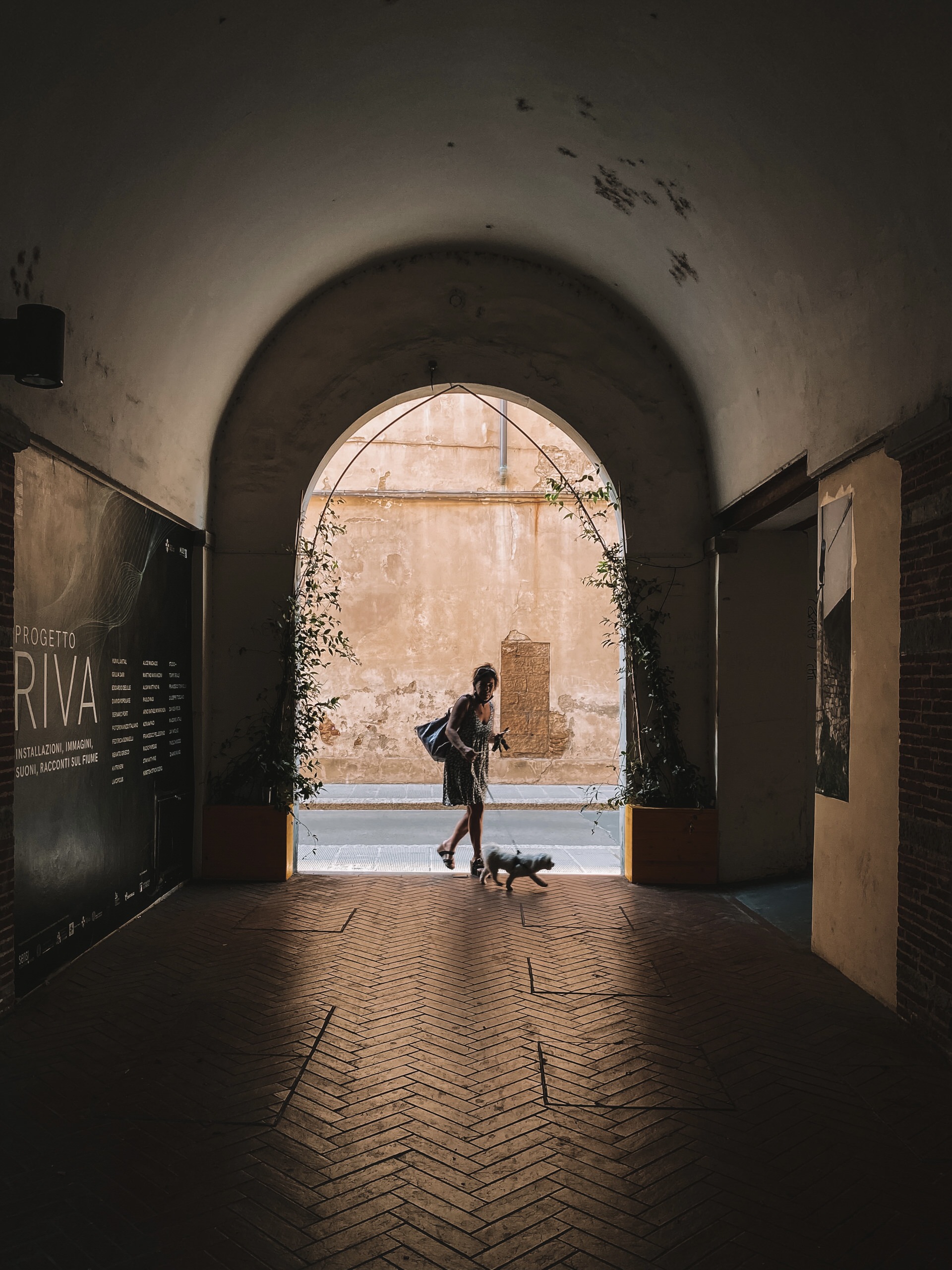
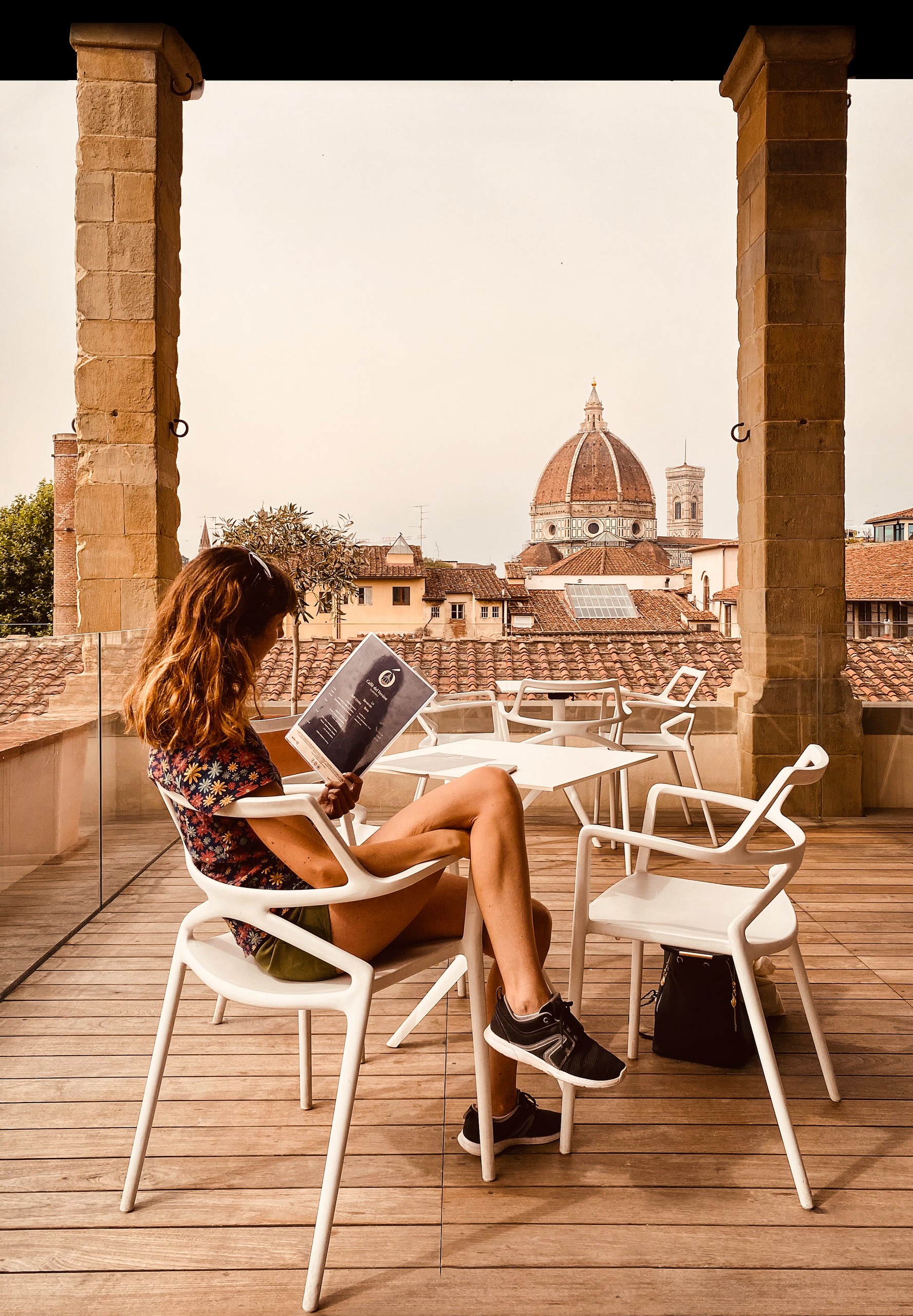
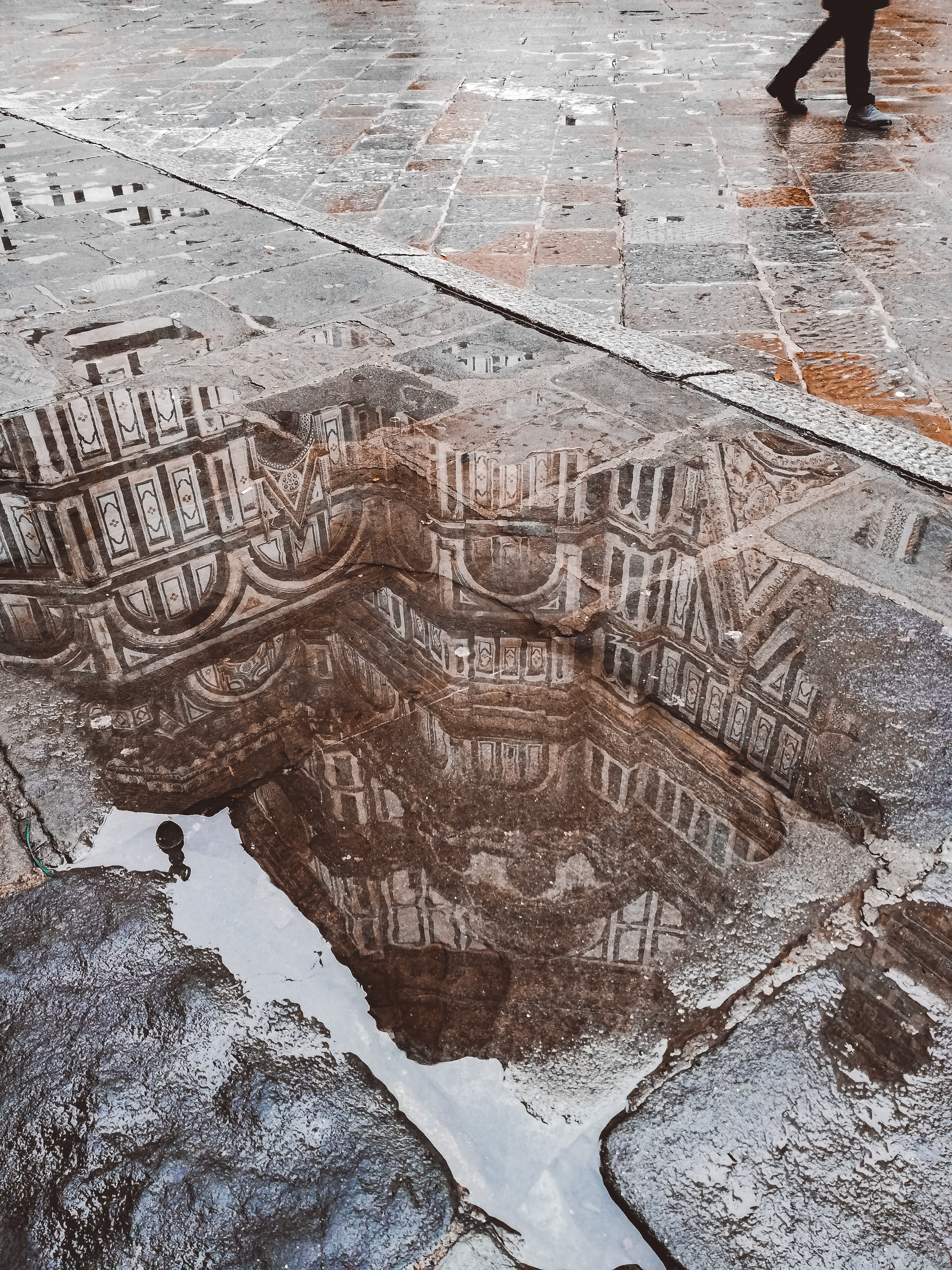
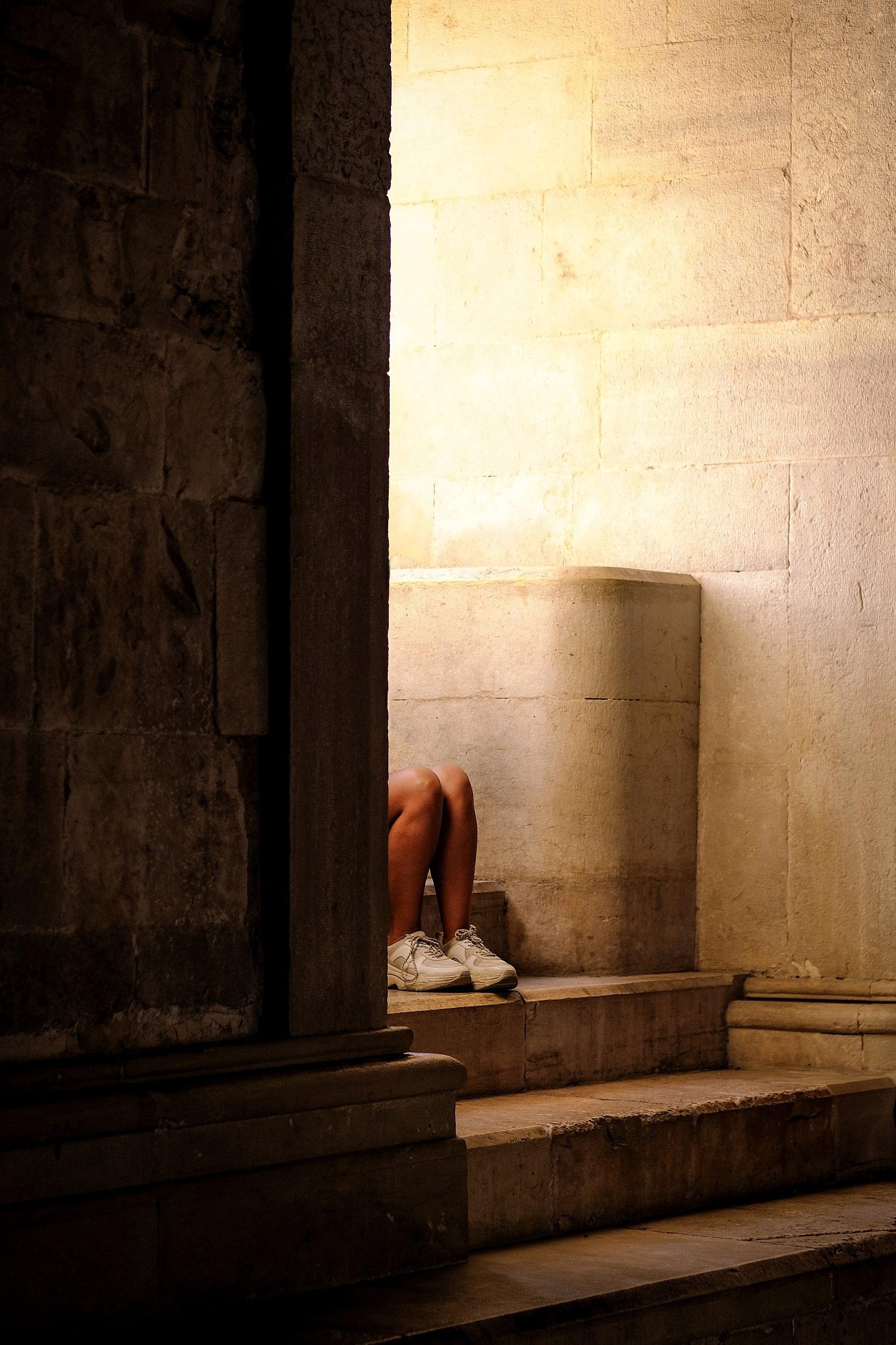
When you take photos, do you ever have a theme/project in mind?
I rarely have a plan in my mind when I take street photos but I prefer to be guided by the surroundings with spontaneity.
My images represent my idea of the ‘perfect snapshot’, focusing on a specific detail, shadow, a person or building. Again, composition is a very important part of this but also the alternation of strong light and shadows makes the photos interesting for me.
Do you think there are ethical limits in street photography? Do you think it’s possible to shoot everything and everybody? What is your approach in street photography?
The street belongs to everyone so it must be respected as a public space. Politeness is the rule of thumb, even if you want to take ‘the Photo of the Year’. From an ethical or legal point of view, I do not give an opinion because the rules are still unclear. When in doubt, ask a lawyer.
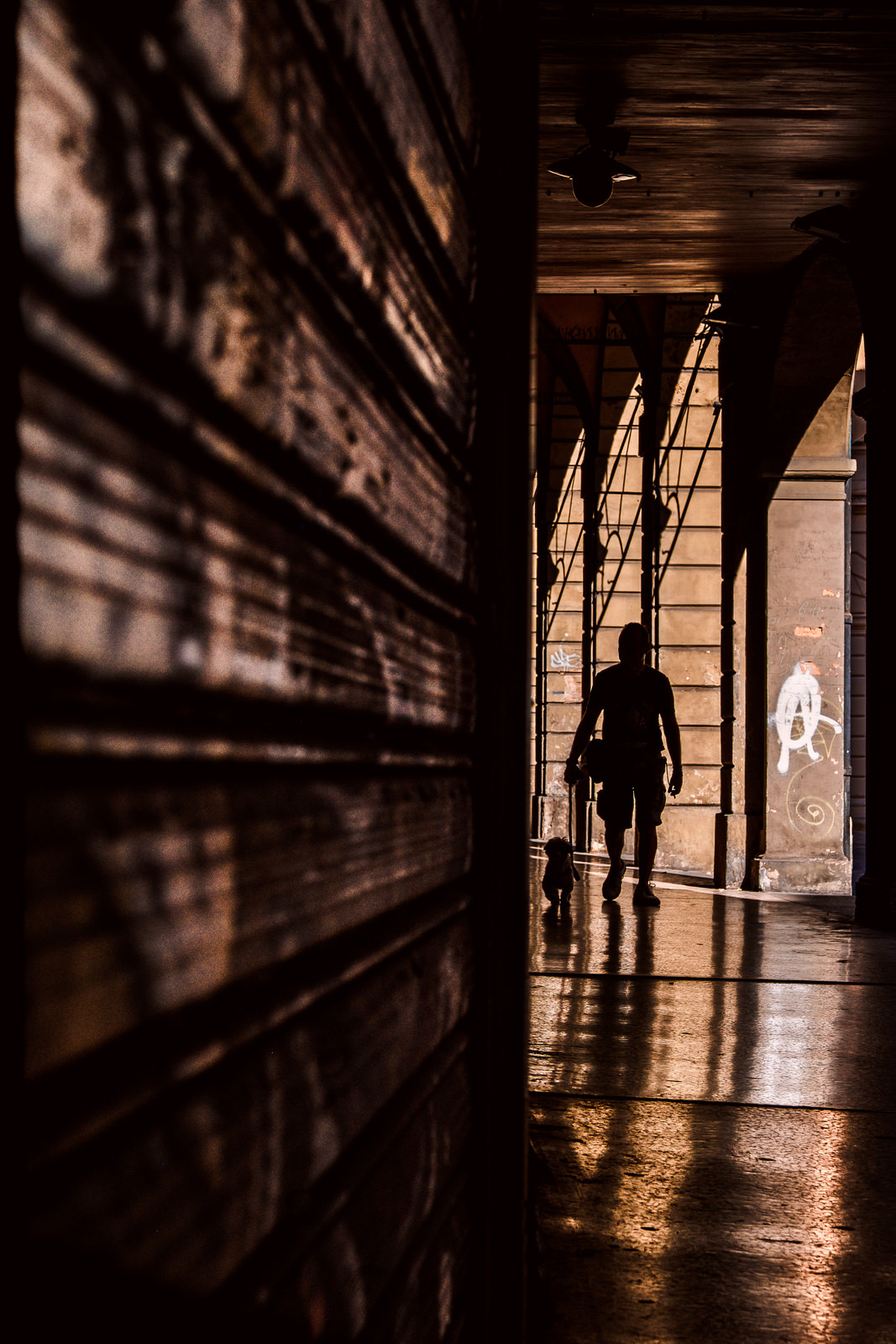
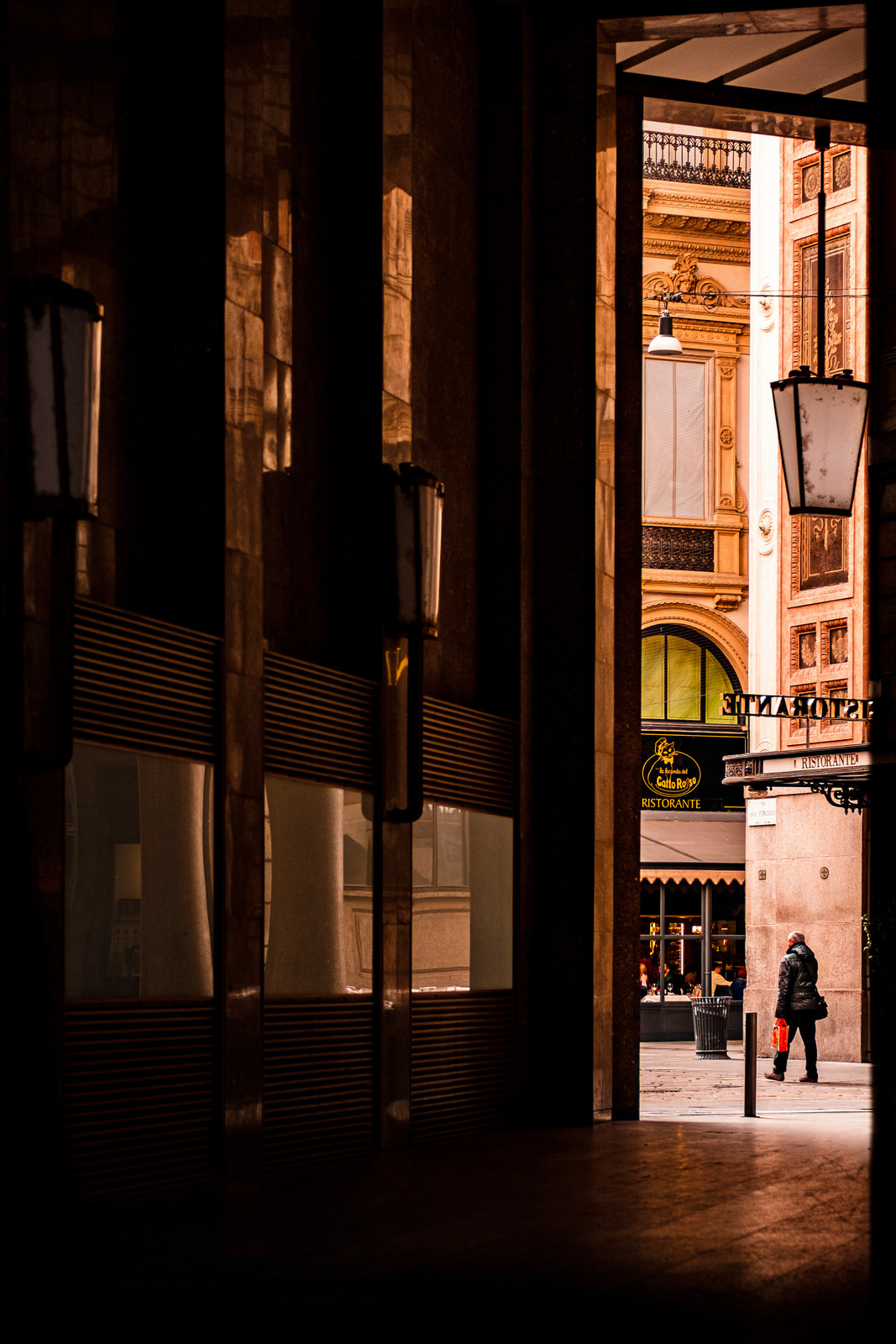
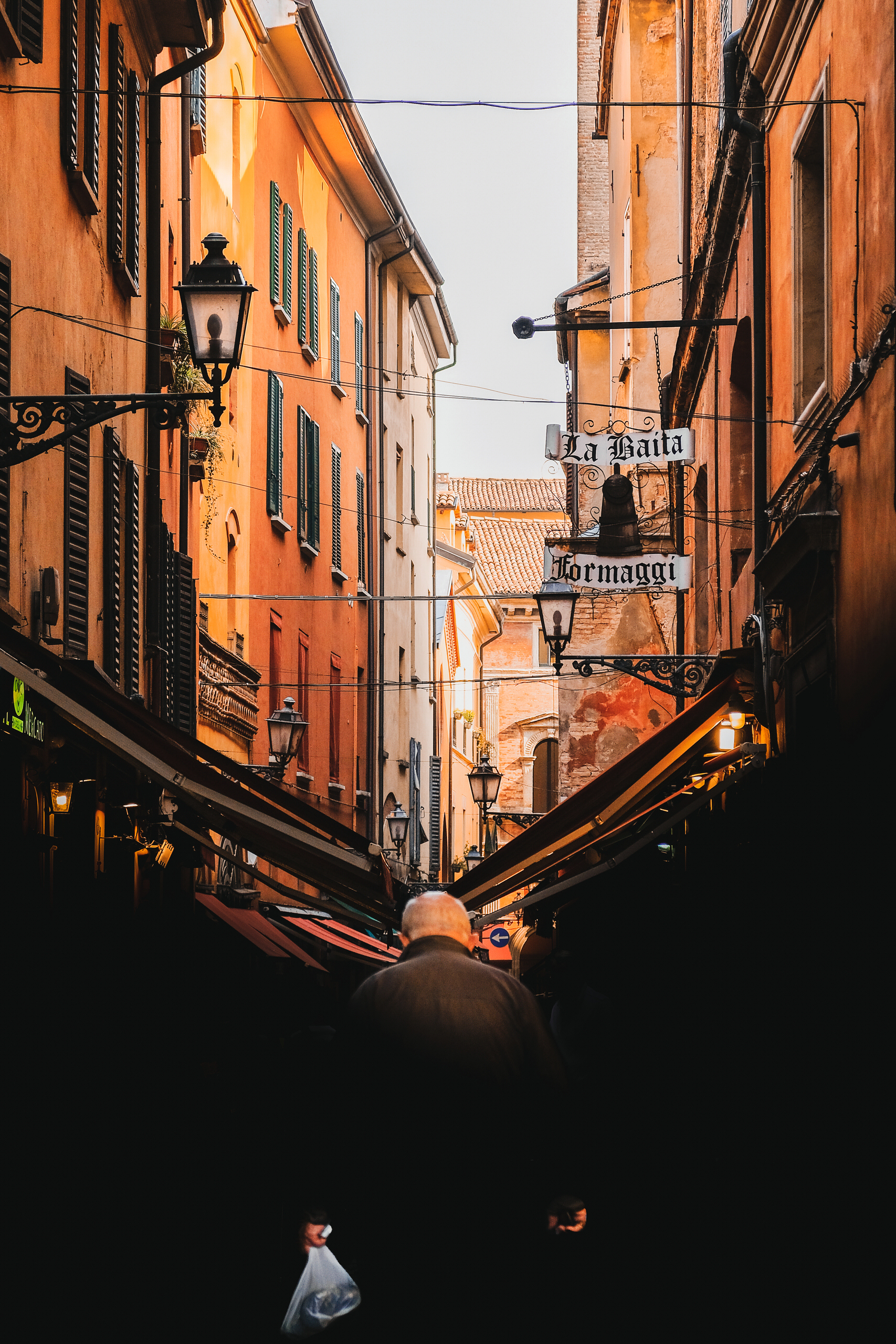
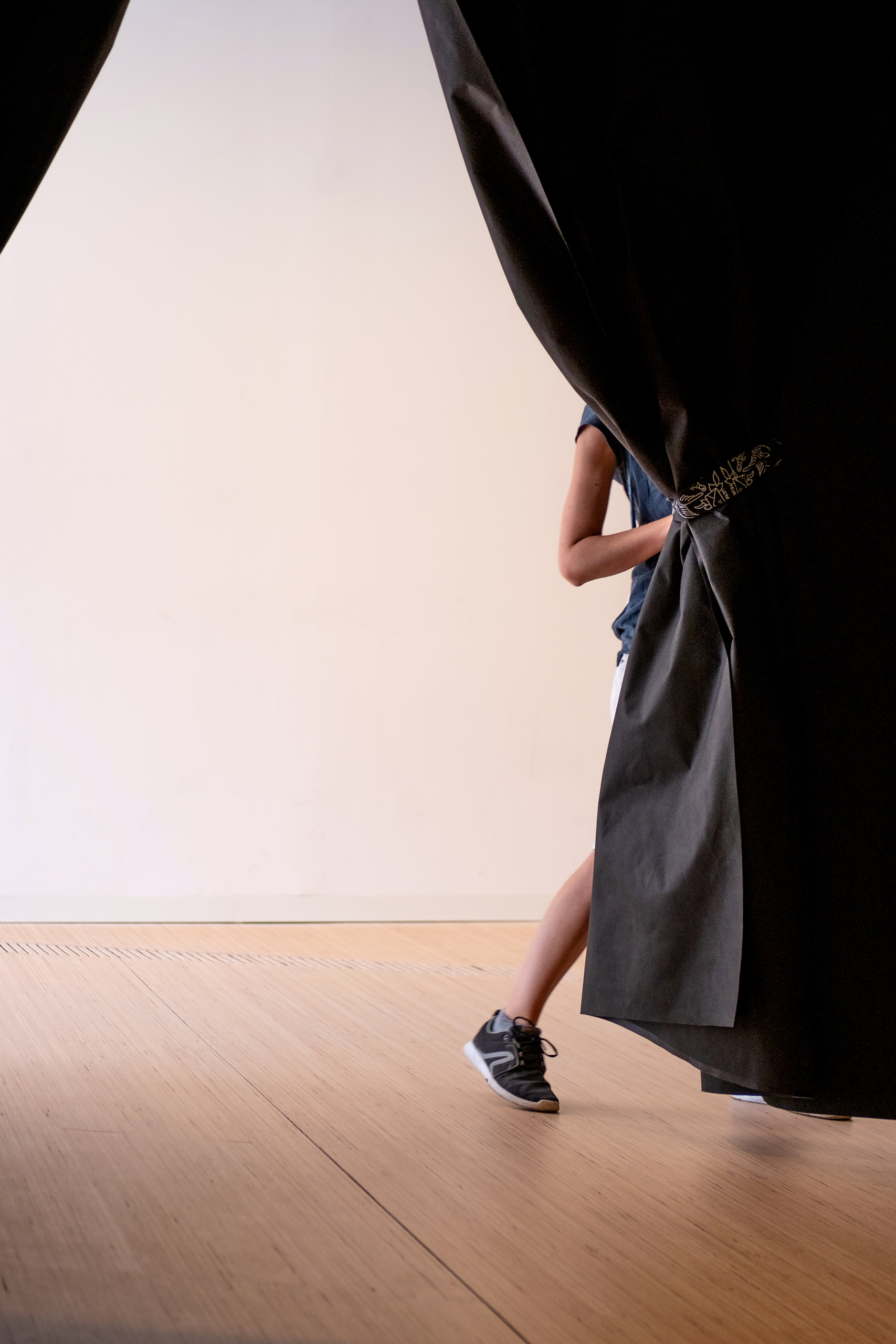
What kind of equipment do you use and what role, in your opinion, does equipment have in street photography?
I am in love with the Sony α7R IV 35mm full-frame camera with 61 MP autofocus. To me, a whole new world of photographic expression with incomparable image quality and processing speed. I found in it extreme productivity in my professional shooting.
As I said, equipment is not all and it must be functional for the photographic purpose we have set ourselves.
If you had to choose one lens that you would have to be using for the rest of your life, which one would that be and why?
Regarding camera lens, it depends of course on the situation you want to photograph: portraits, architecture or crowd in street photography scenes.
For a few years now I have preferred to use the FE 35mm F1.4 lens but I also don’t mind the FE 50mm F1.8 lens.
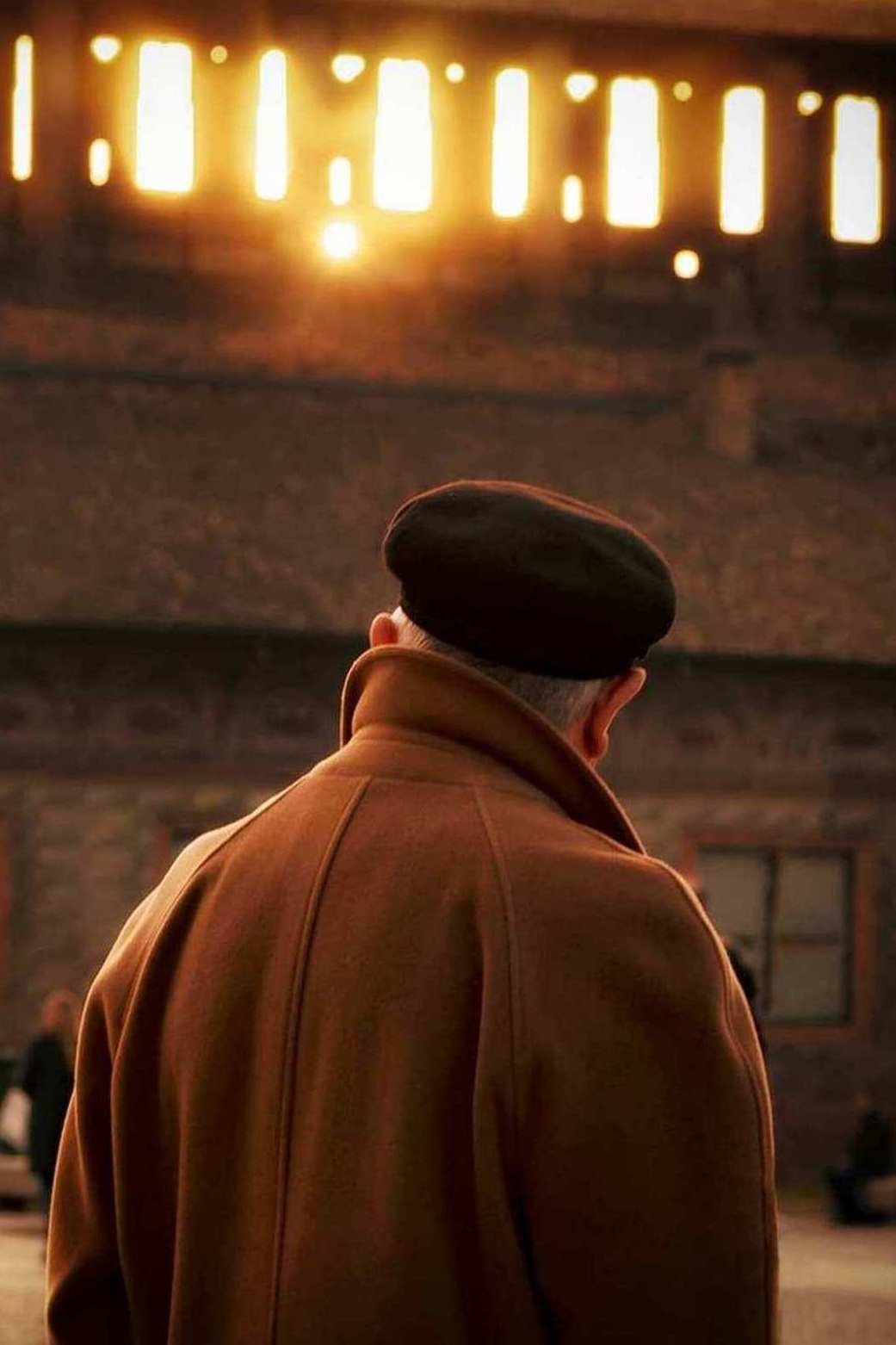
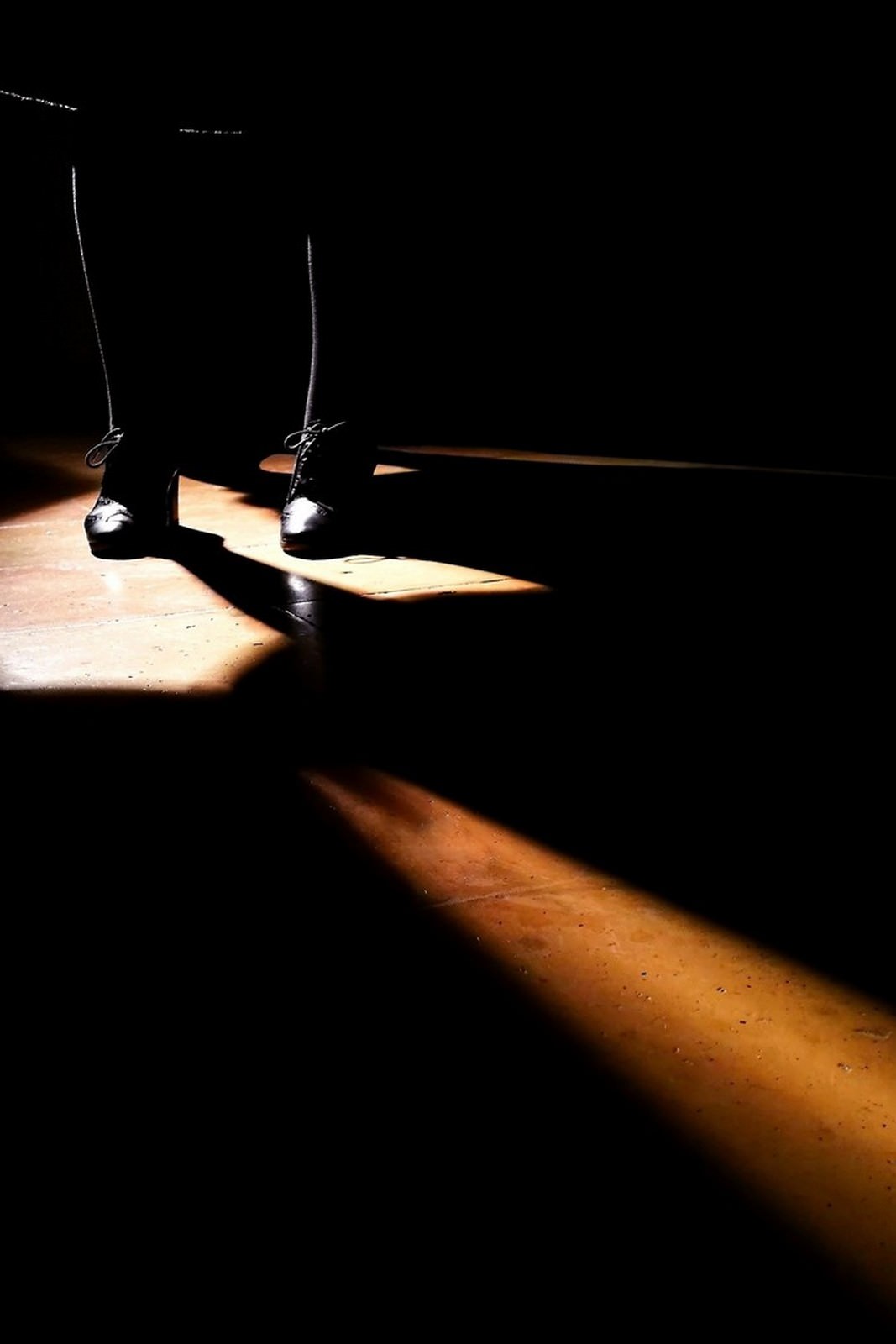
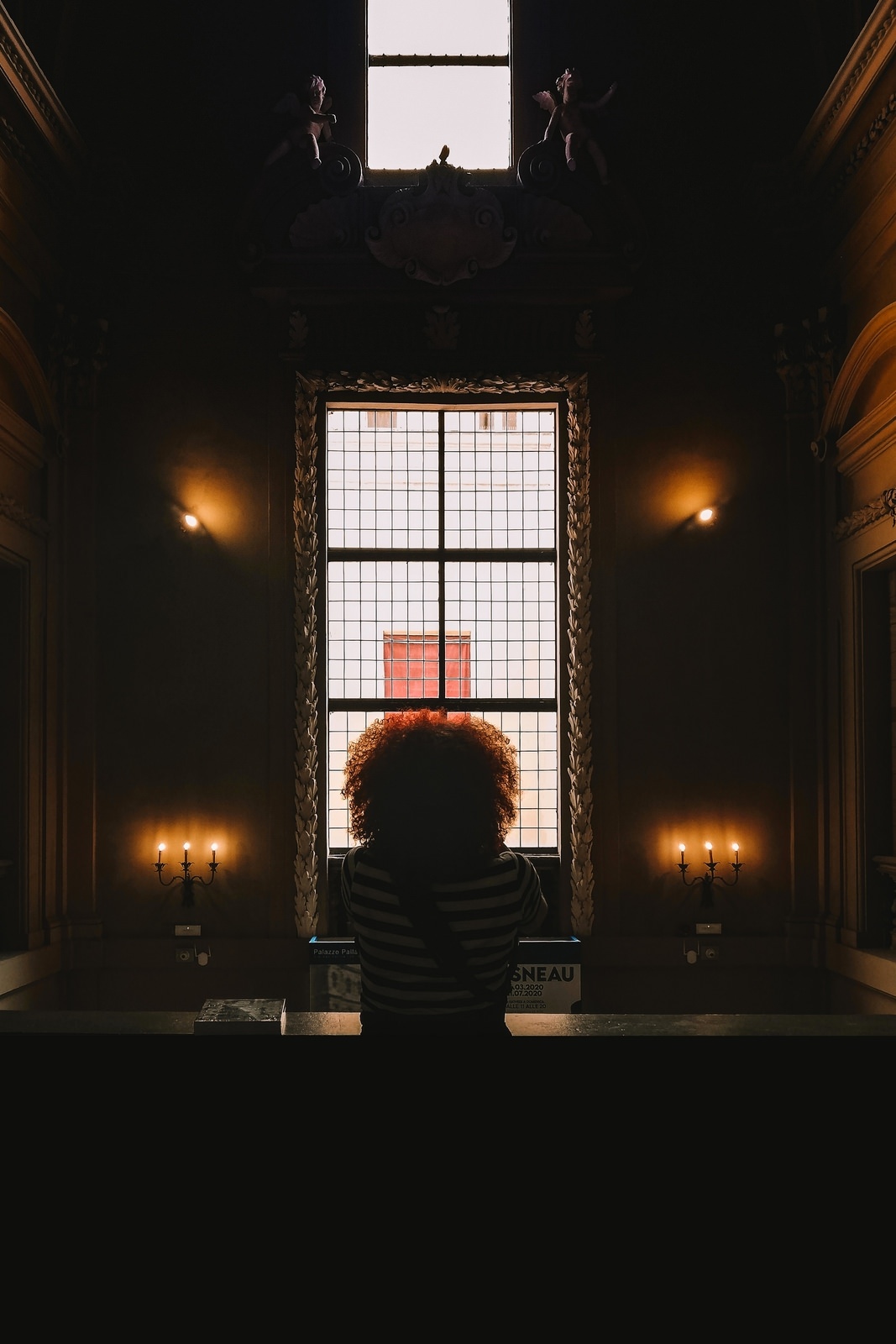
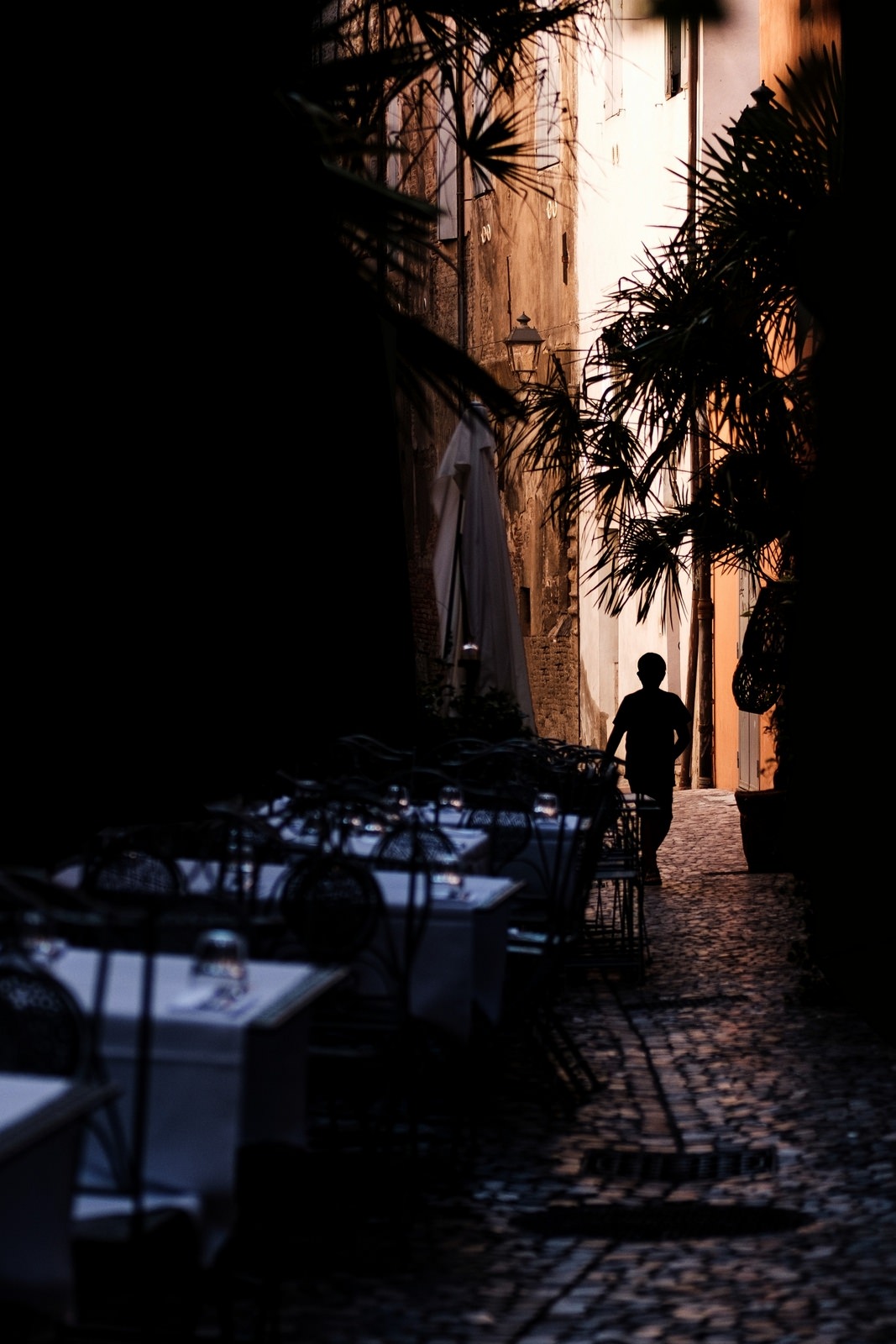
“The more I experience photography, the more I realize there cannot be just one “teacher” to be inspired by, to avoid the risk of being stuck in a single vision of things.”
After shooting, what actions do you take in terms of processing and editing?
The ‘chiaroscuro’ makes everything magical, dreamy, mysterious… as a painter’s canvas begun and never finished, consecrated to eternity.
It plays a fundamental role because it allows me to convey the sensations that I ‘saw’ before I took the shot: red like passion, yellow like sunny days and amber like aged things. Recently I would like to twist photographs with fabulous colour gradations but in the end I just change lighting and shadows, hue and saturation.
Post production helps to emphasize everything, my vision of things.
Are you currently working on any project?
I have not started any new projects yet even though I am increasingly interested in “minimalism” in photography, as a special technique of photographic composition in which very few distinctive elements are involved: bright colours, straight lines, distinctive details. This artistic genre is characterized by its extreme simplicity, but able to inspire significant interest in the observer and the photographer too.
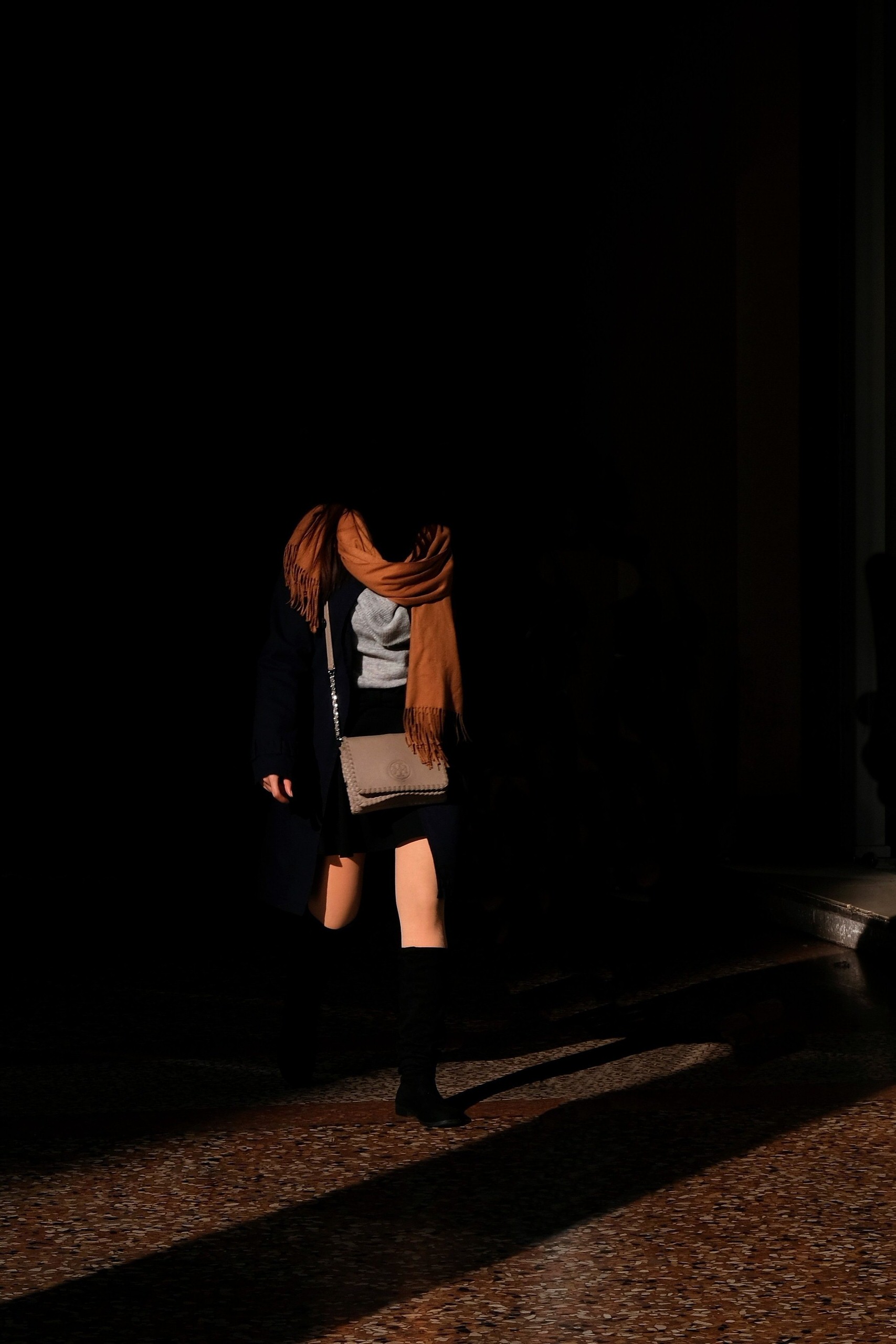
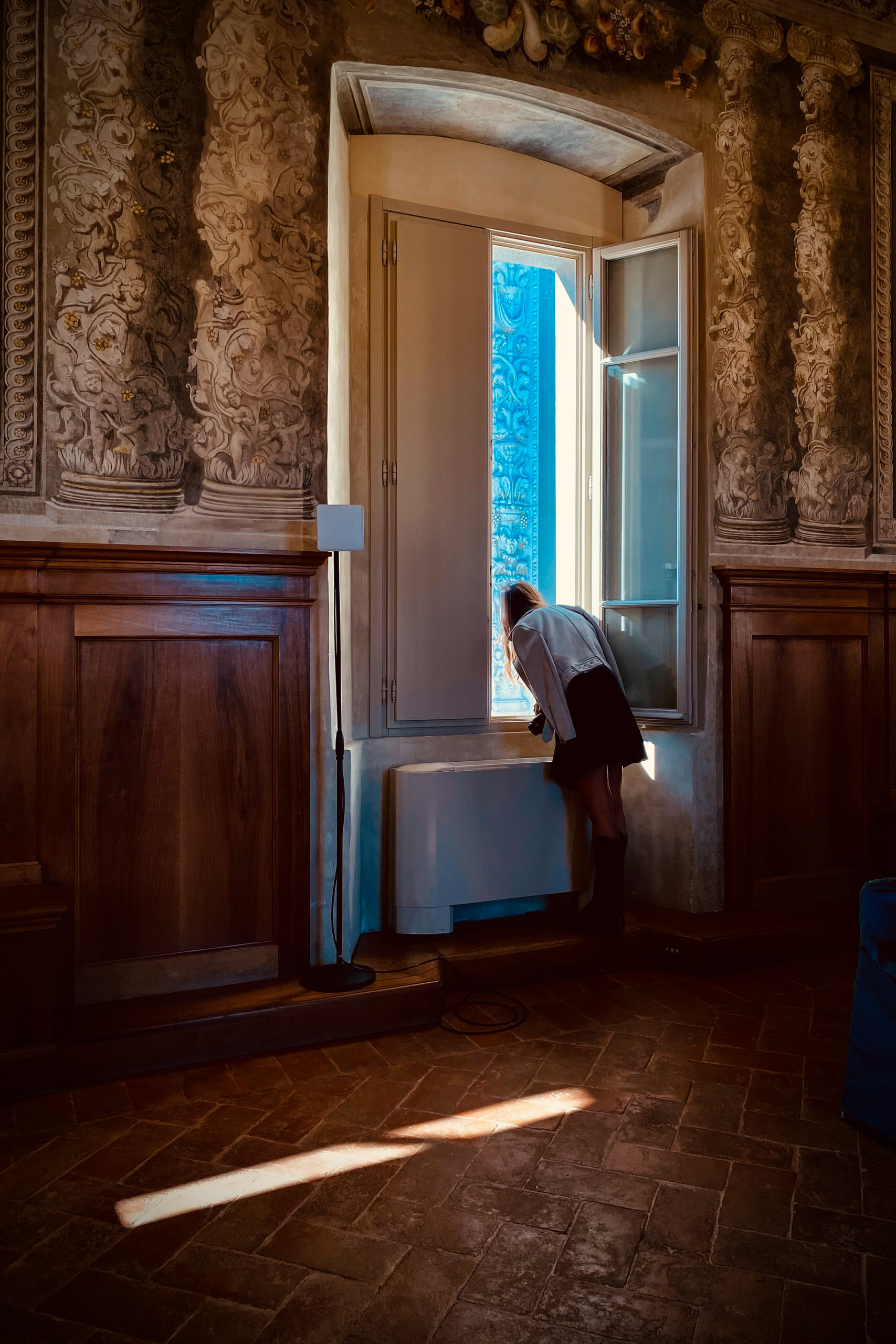
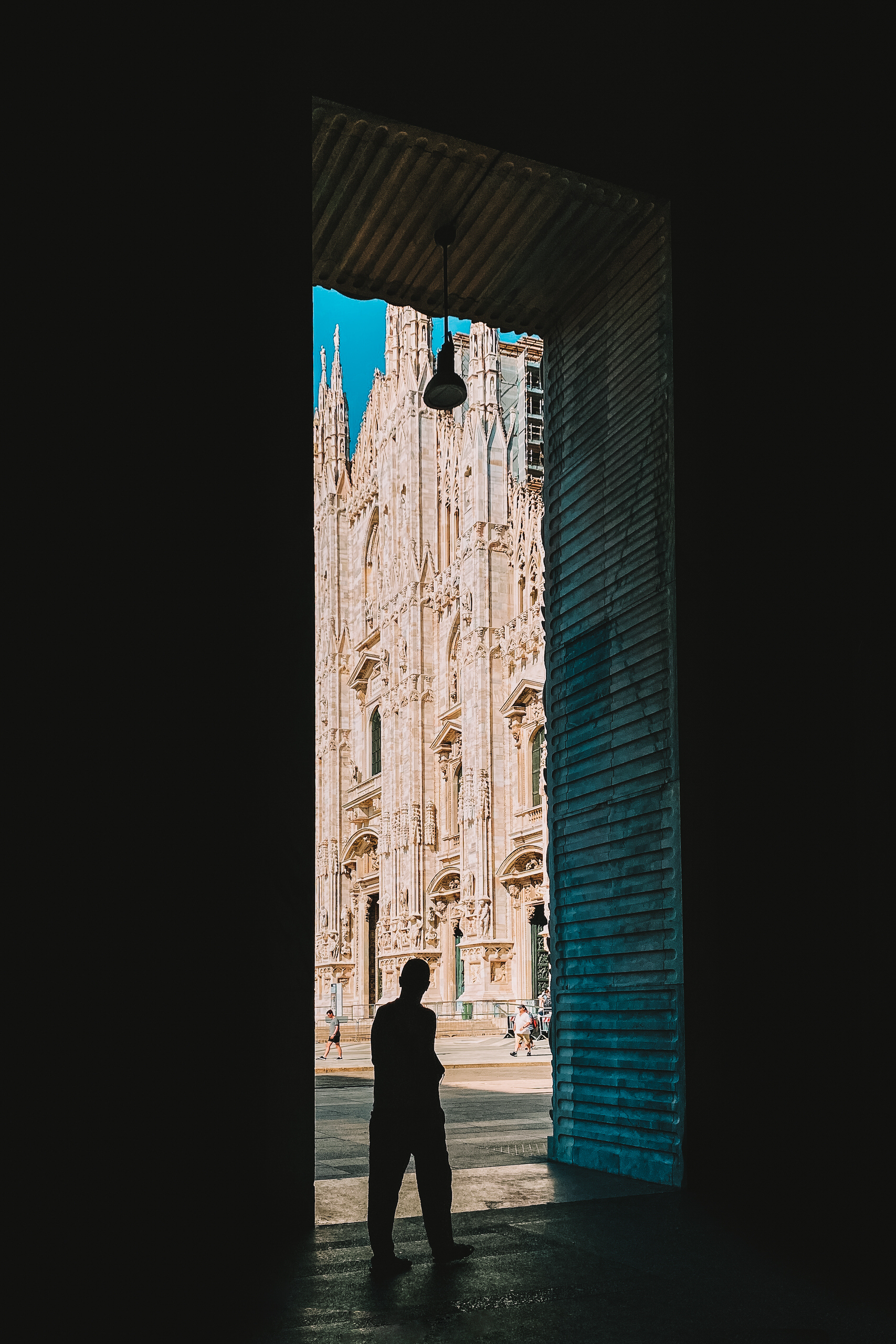
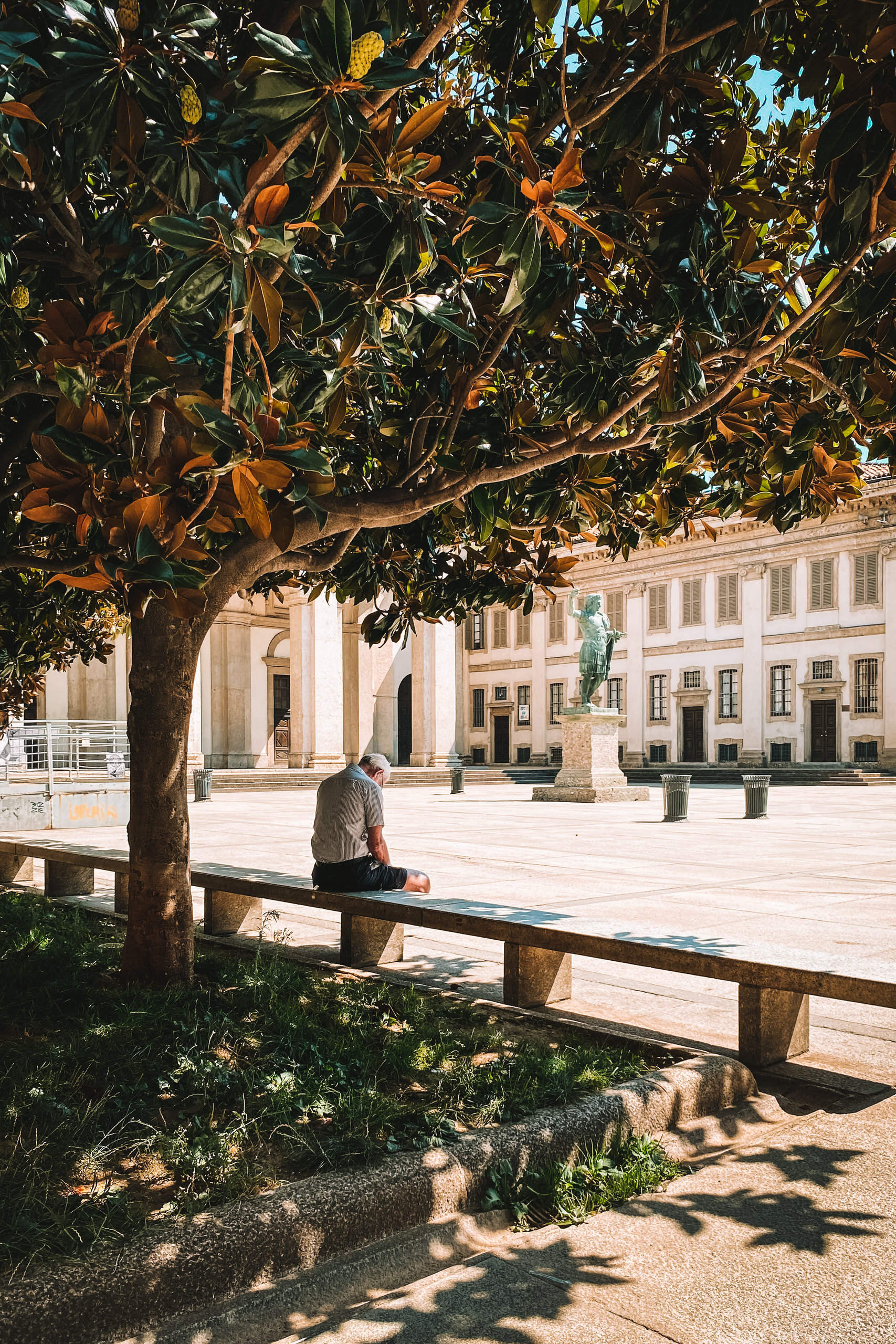
Which are your favorite photography books?
A flaw of mine is that I prefer to browse pages online for inspiration rather than buy books, also for an economic reason.
Even though I believe that a printed and laid-out portfolio has so much value that a digital e book can never dream of.
Is there a country or a city that you like to photograph more than others?
Not a specific city but a certain time of the day.
To me the best condition is to try to shoot just after noon or before sunset so that shadows are well sharpened or smoother but visible. Wherever I stand with my camera.
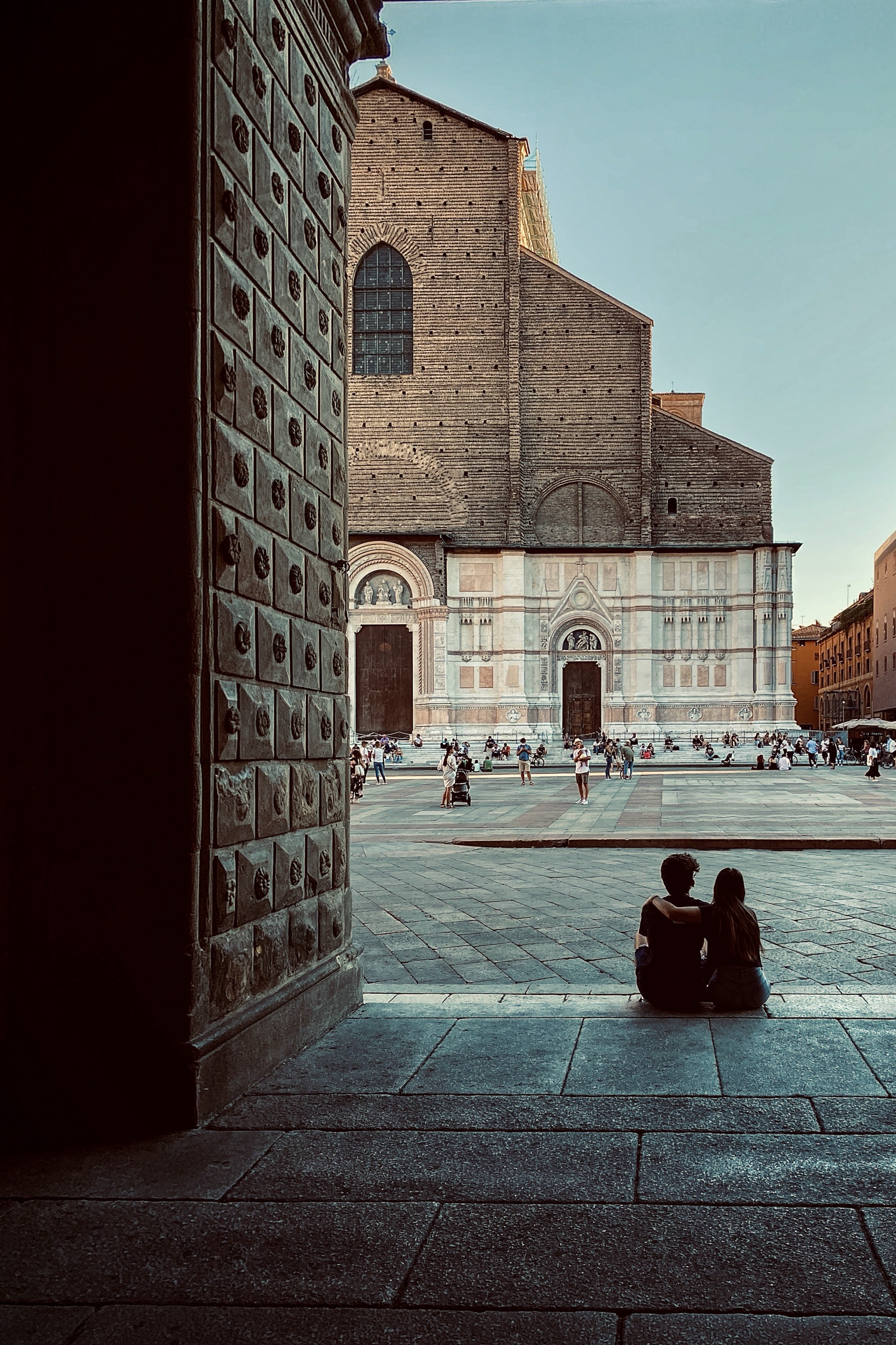
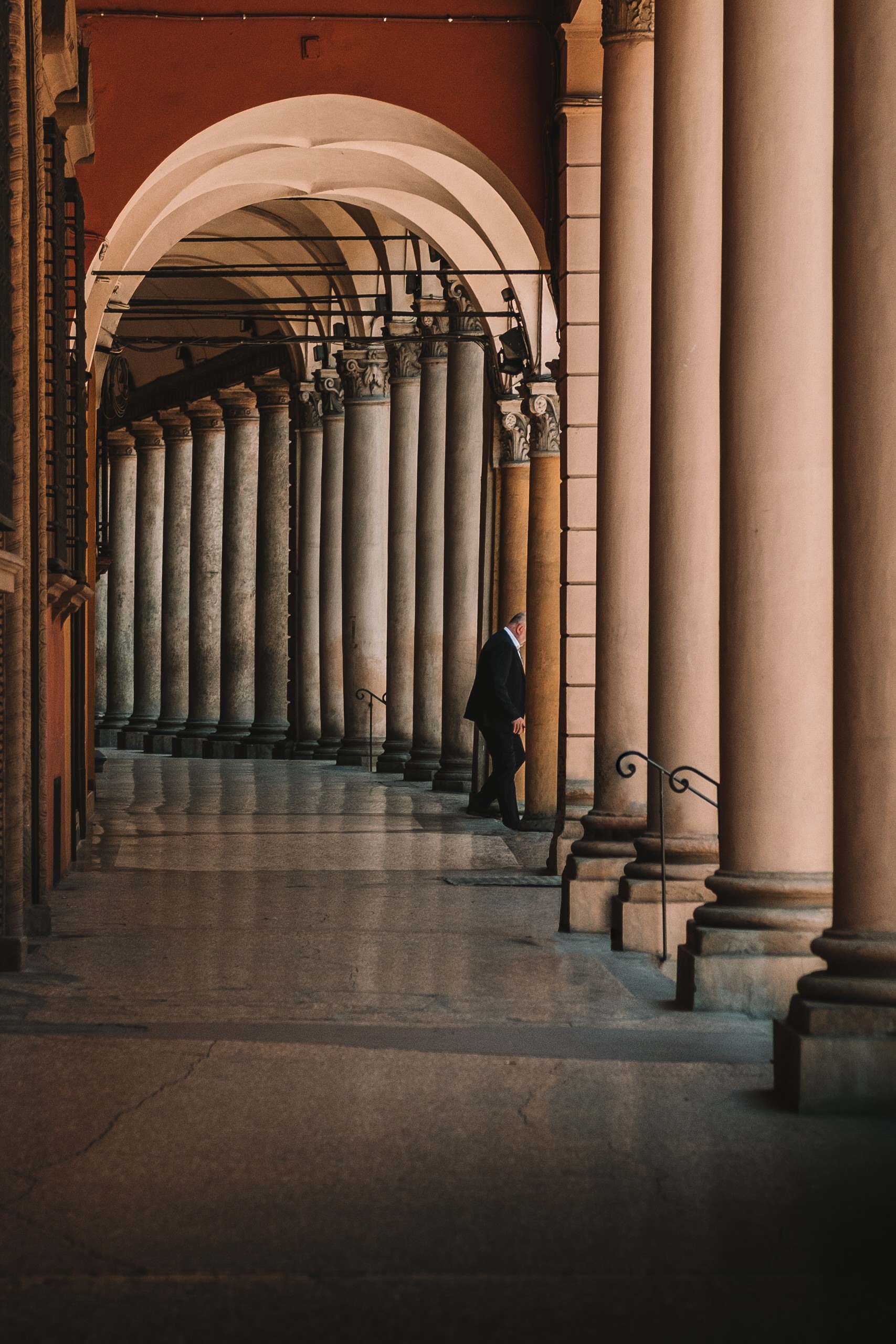
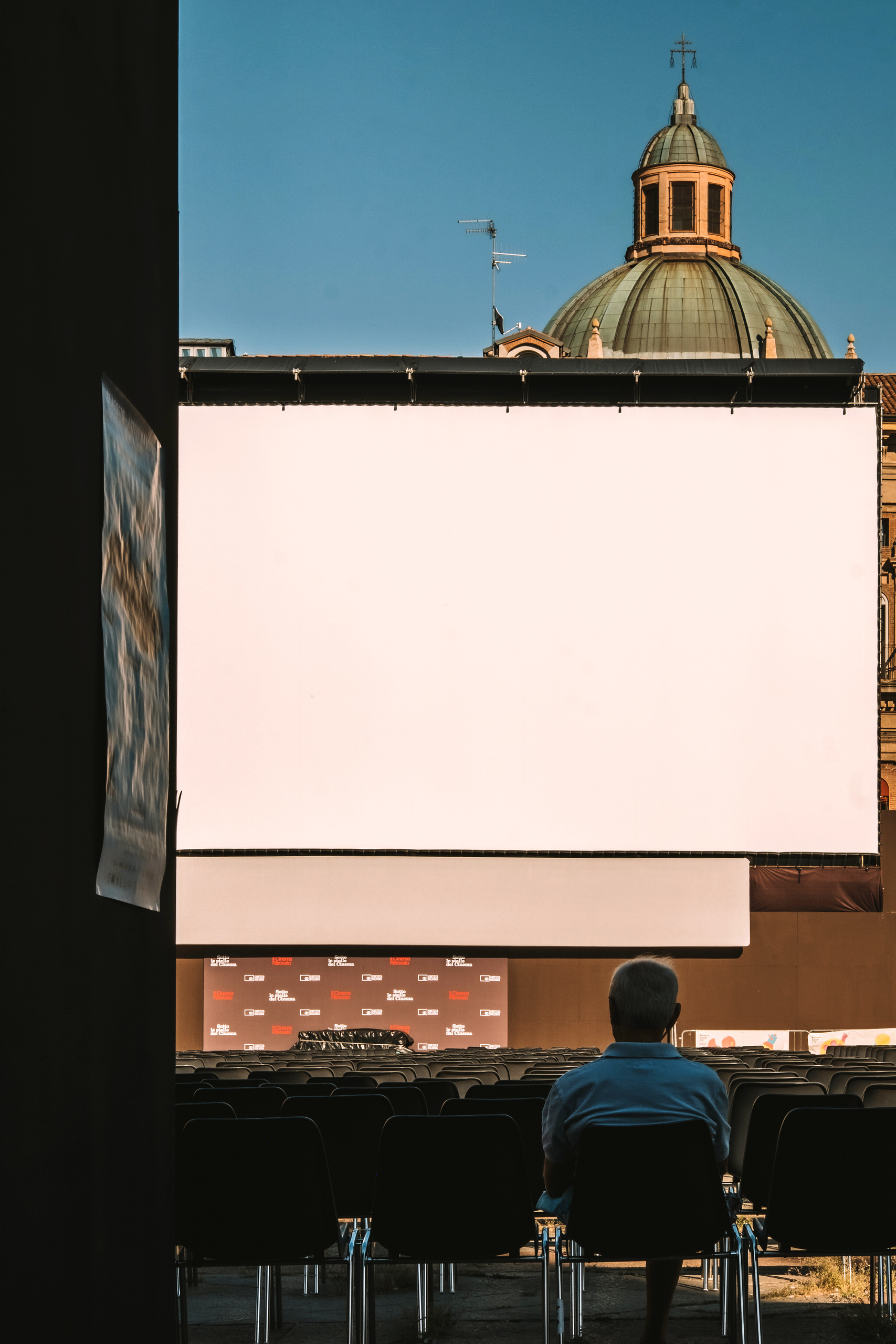
What advice would you give to someone who is starting to do street photography?
Photography is never a precise copy of reality but refers to other interpretations and personal perceptions mixed with memory. Making up a photograph does not only mean stopping, observing, choosing what to frame and shooting. Each “click” of a camera is not just technique but brings with it emotions.
Always be a curious explorer, with the humbleness to learn from others and the stubbornness to pursue dreams.
Thank you Sara!
SARA CAMPORESI BIOGRAPHY
A photographer passionate about art, for a long time she has combined this interest with the spontaneity of visual storytelling, conceived not only as a classic account of experiences but as a combination of personal and creative shots.
She is currently involved in promotional activities for public and private institutions, to enhance Italian cultural and artistic excellence.
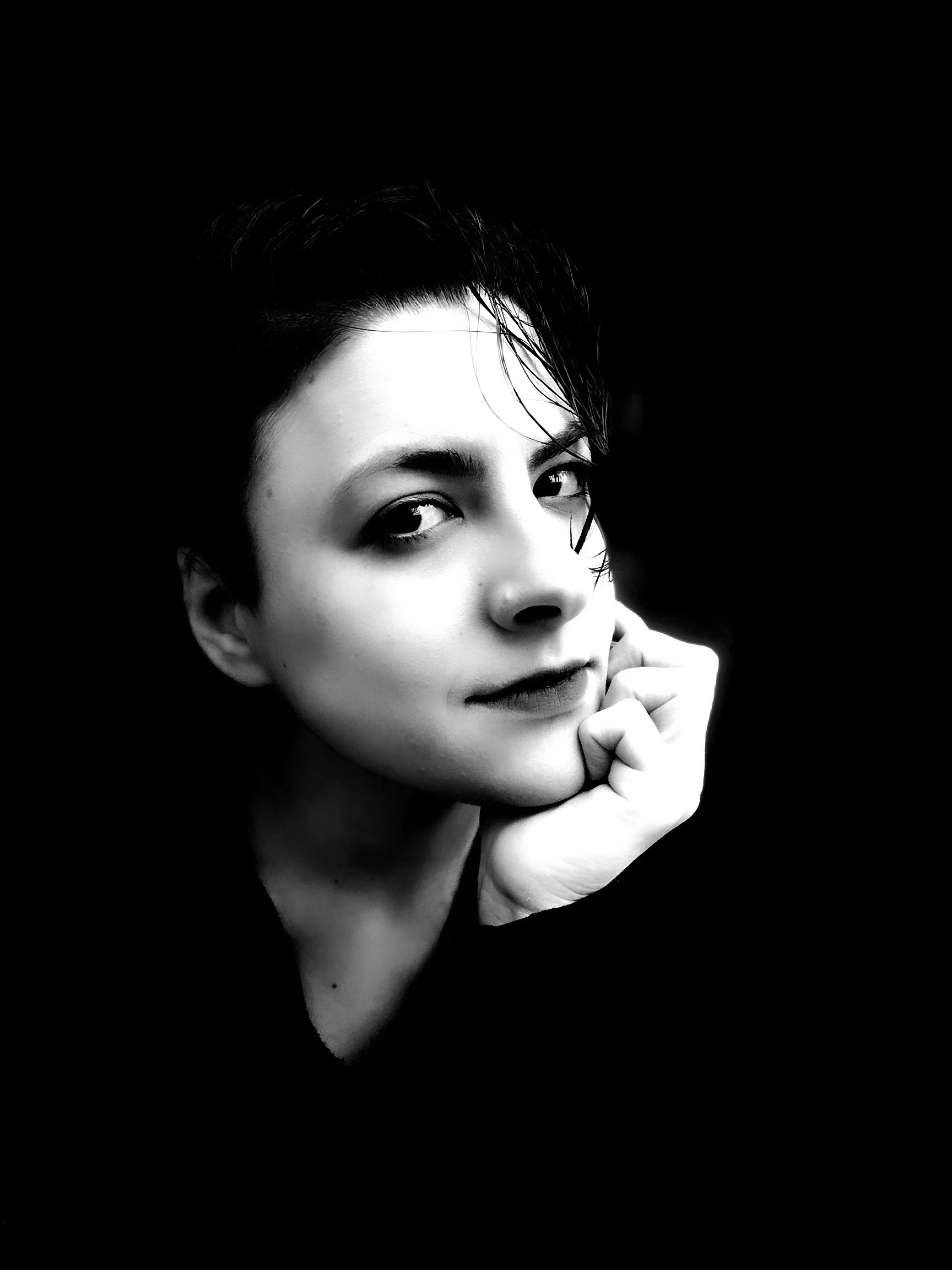
Sara Camporesi Links:
Website: https://www.saracamporesi.it
Instagram: https://www.instagram.com/saracamporesi.it/
Facebook: https://www.facebook.com/saracamporesi.italia
Linkedin: https://www.linkedin.com/in/saracamporesi/

